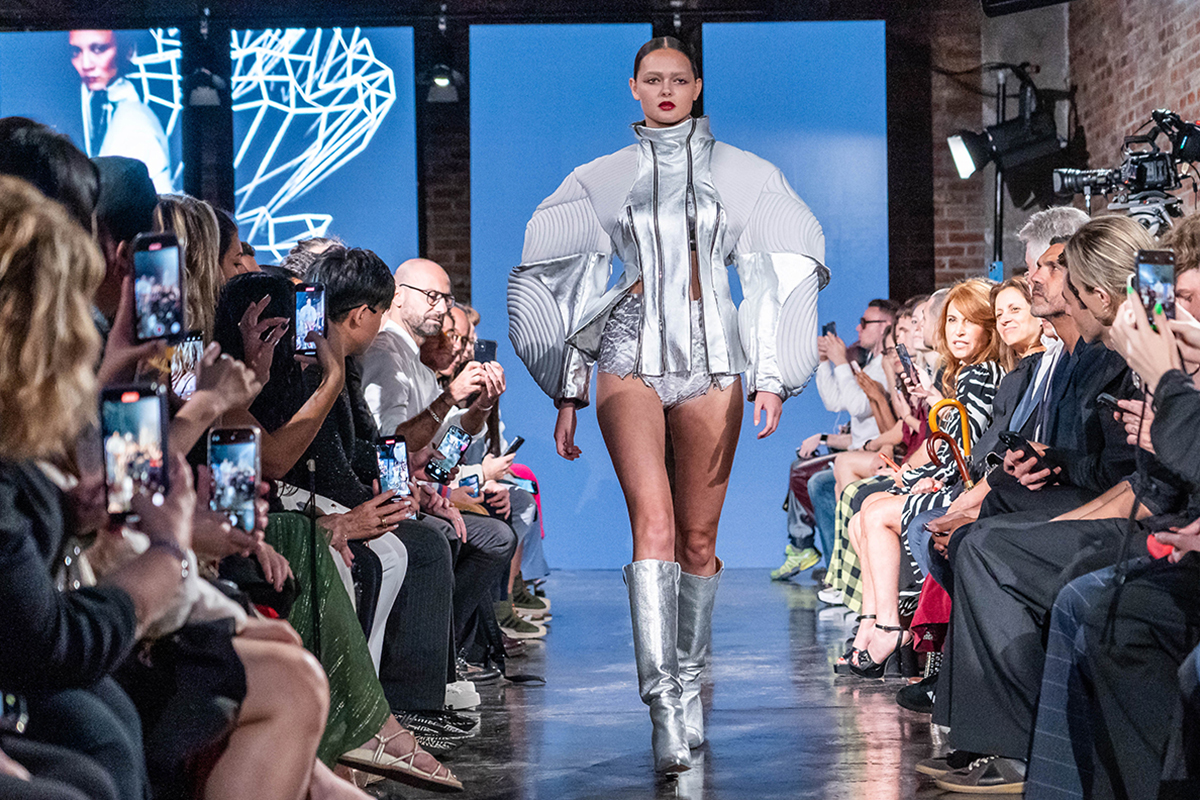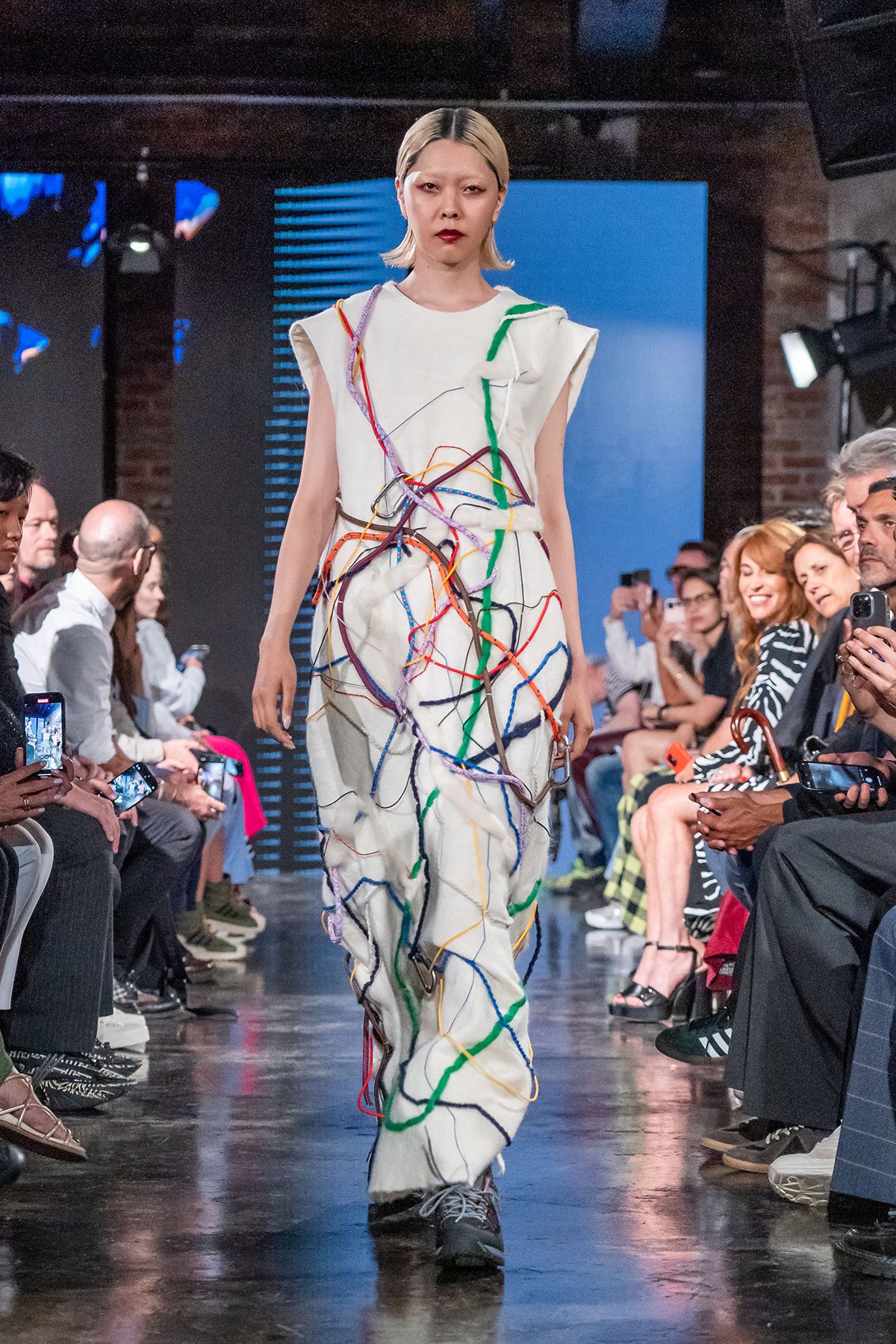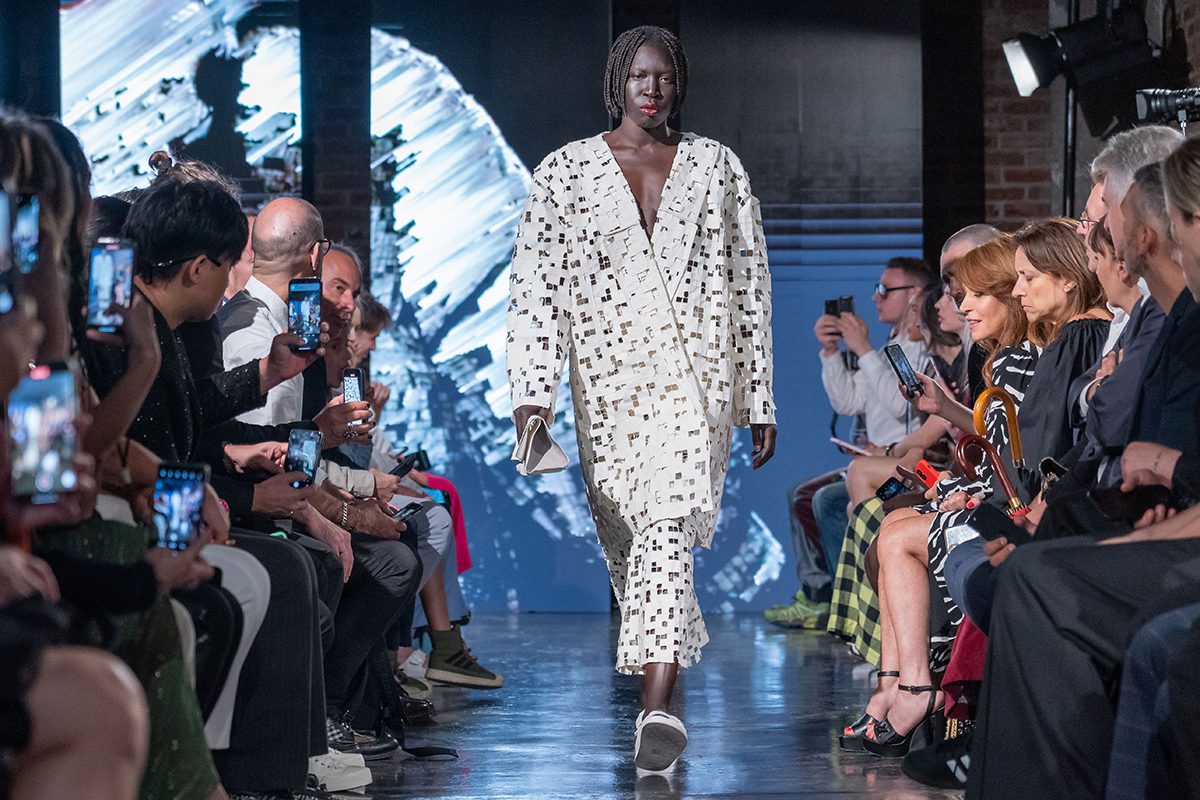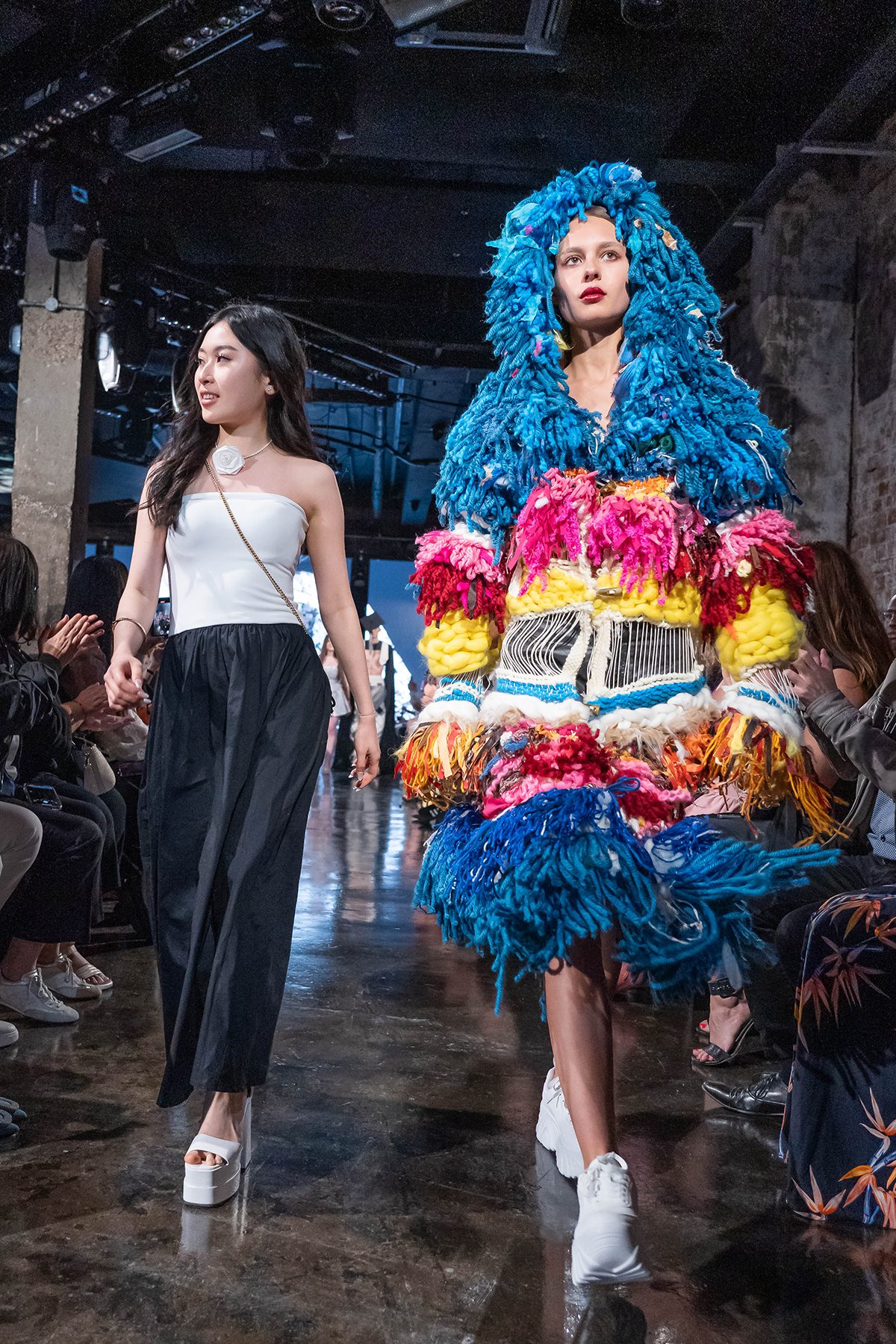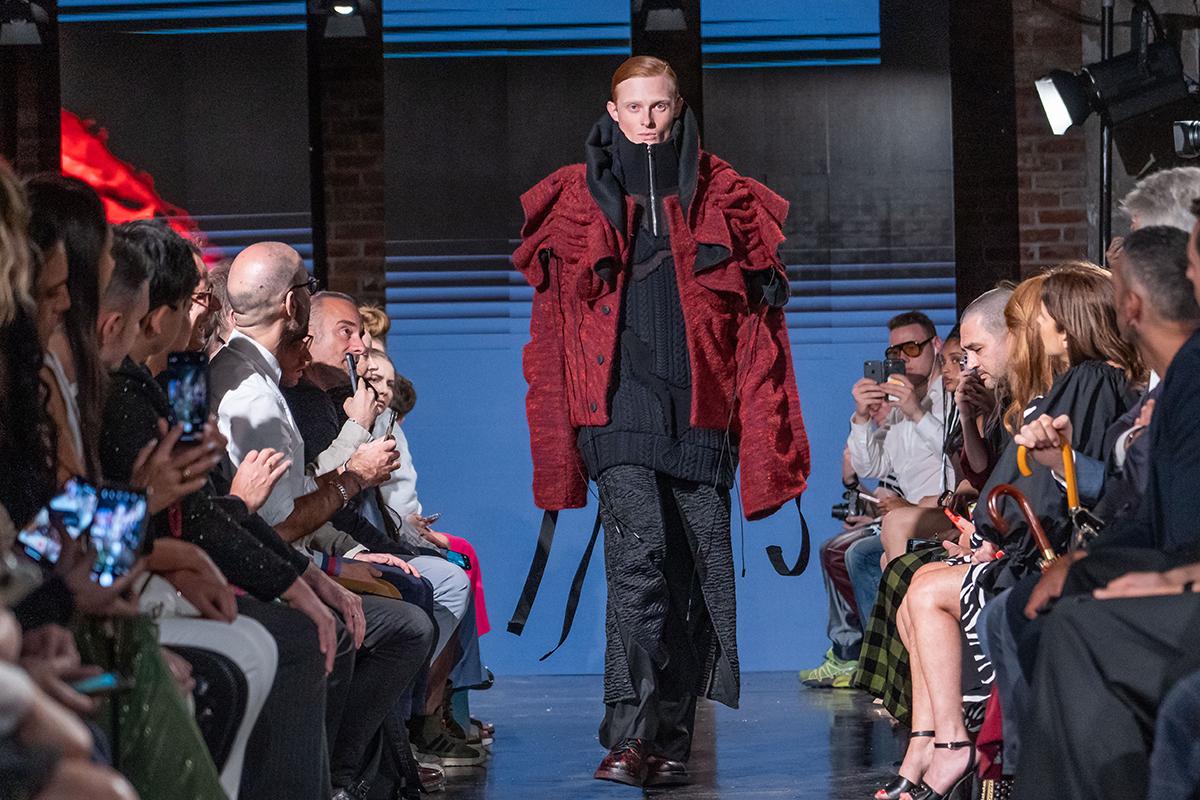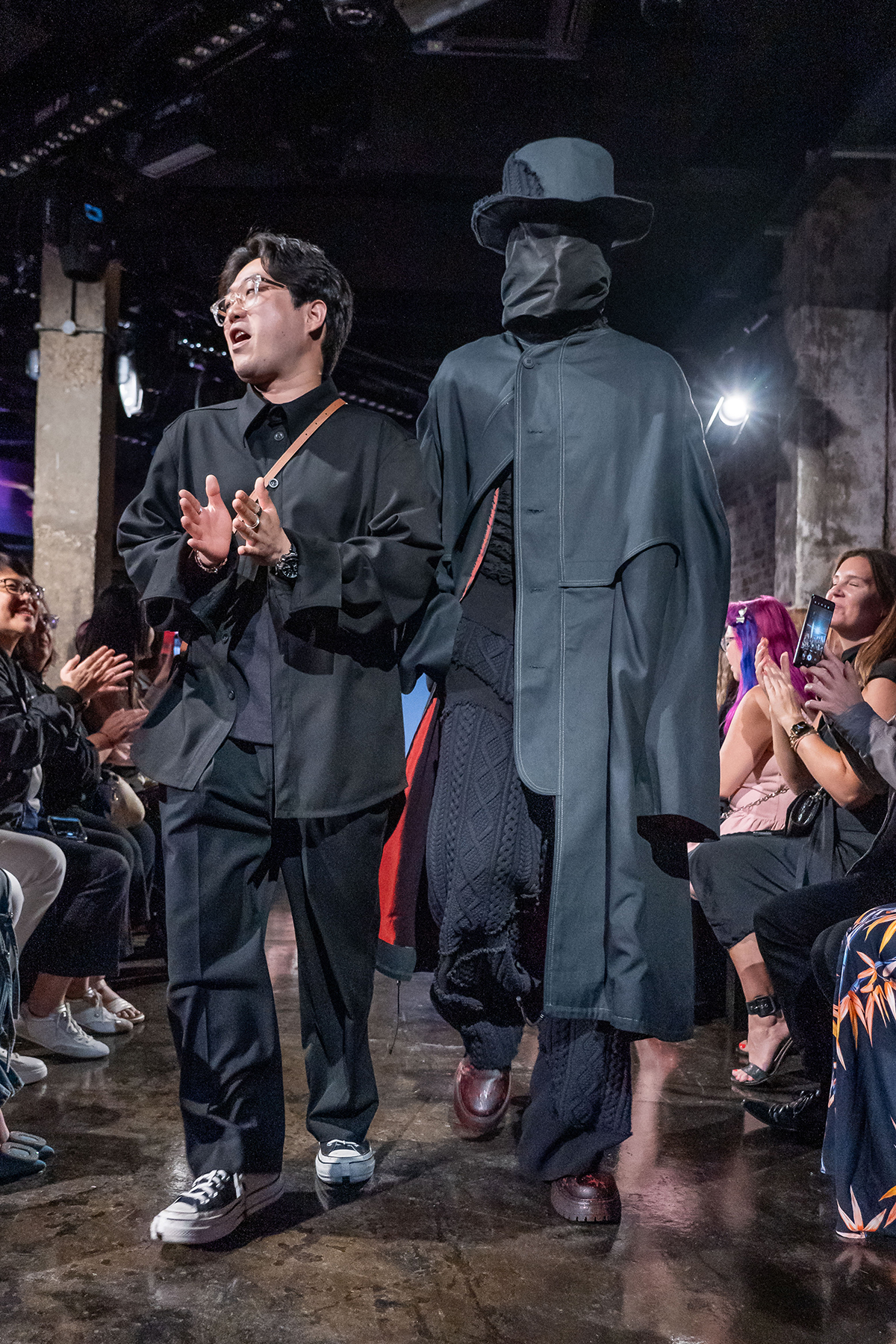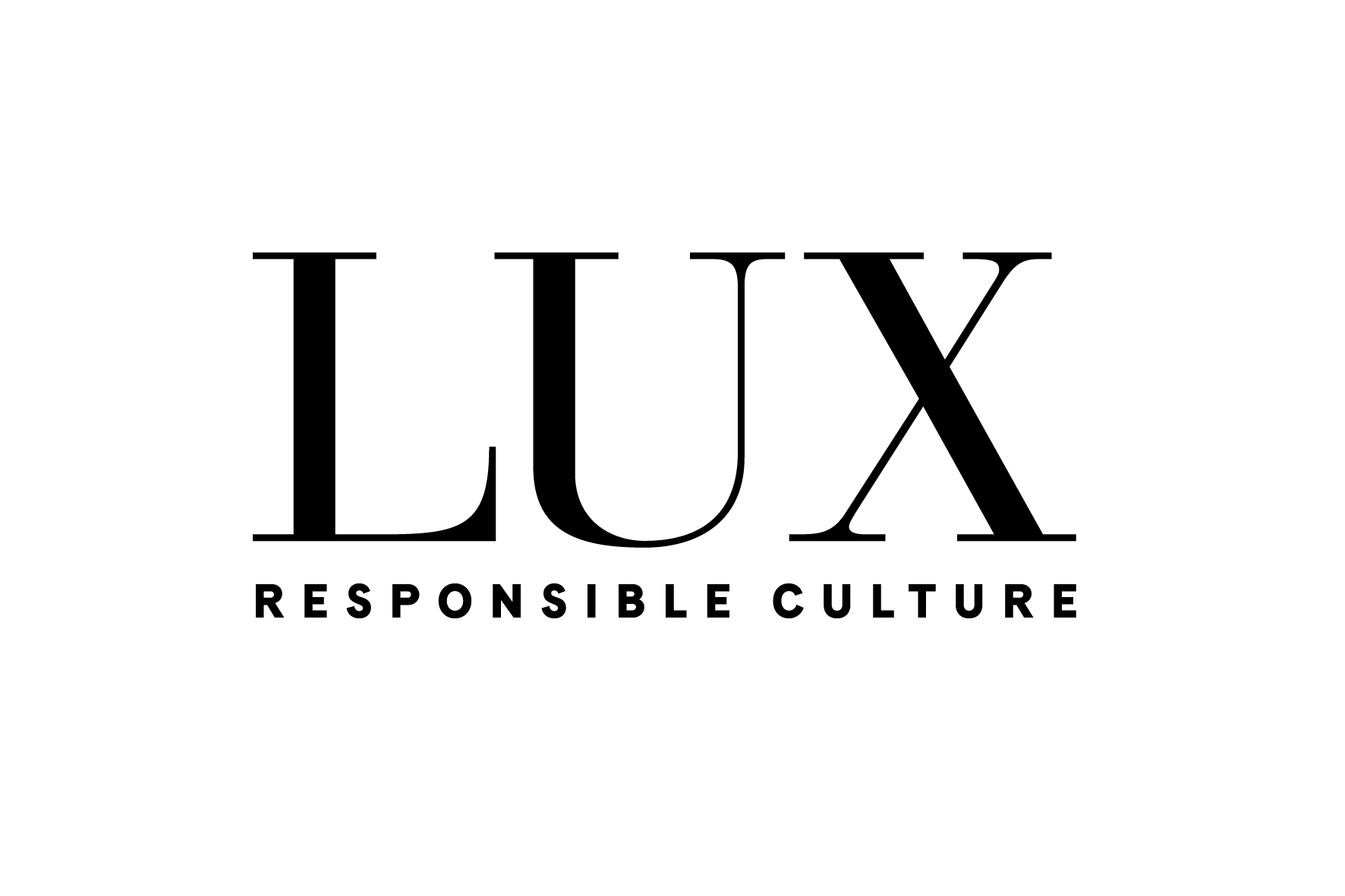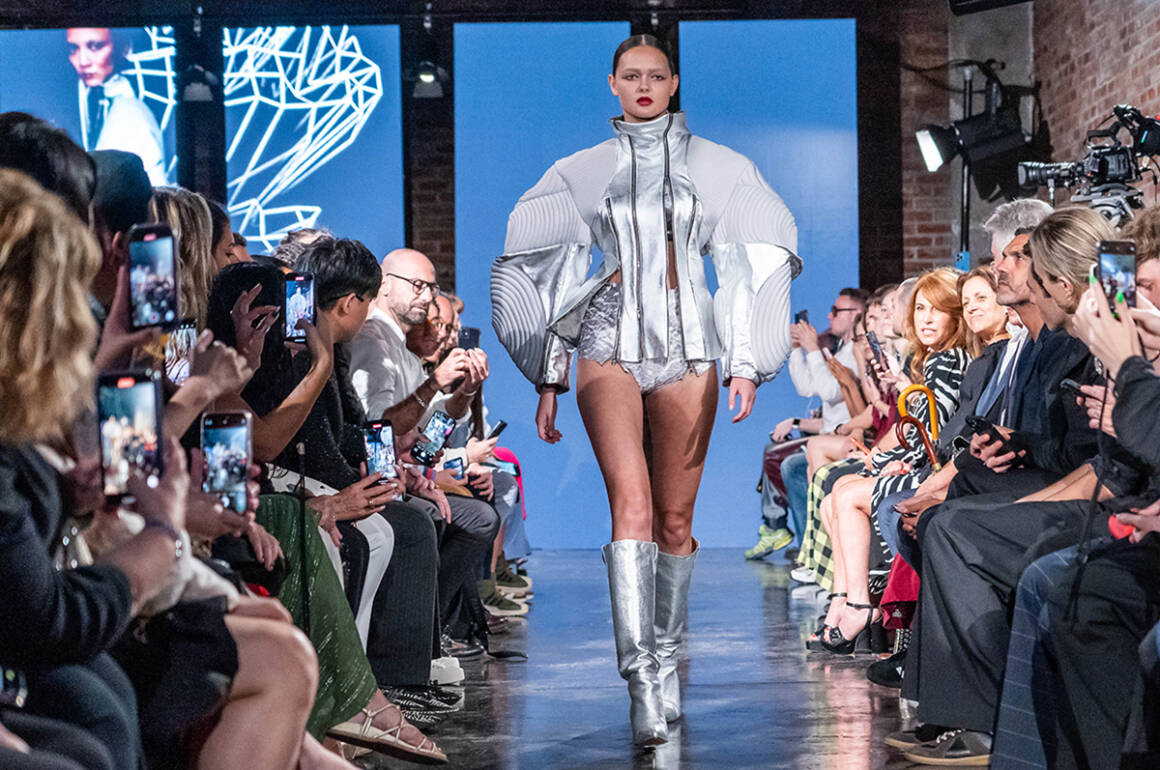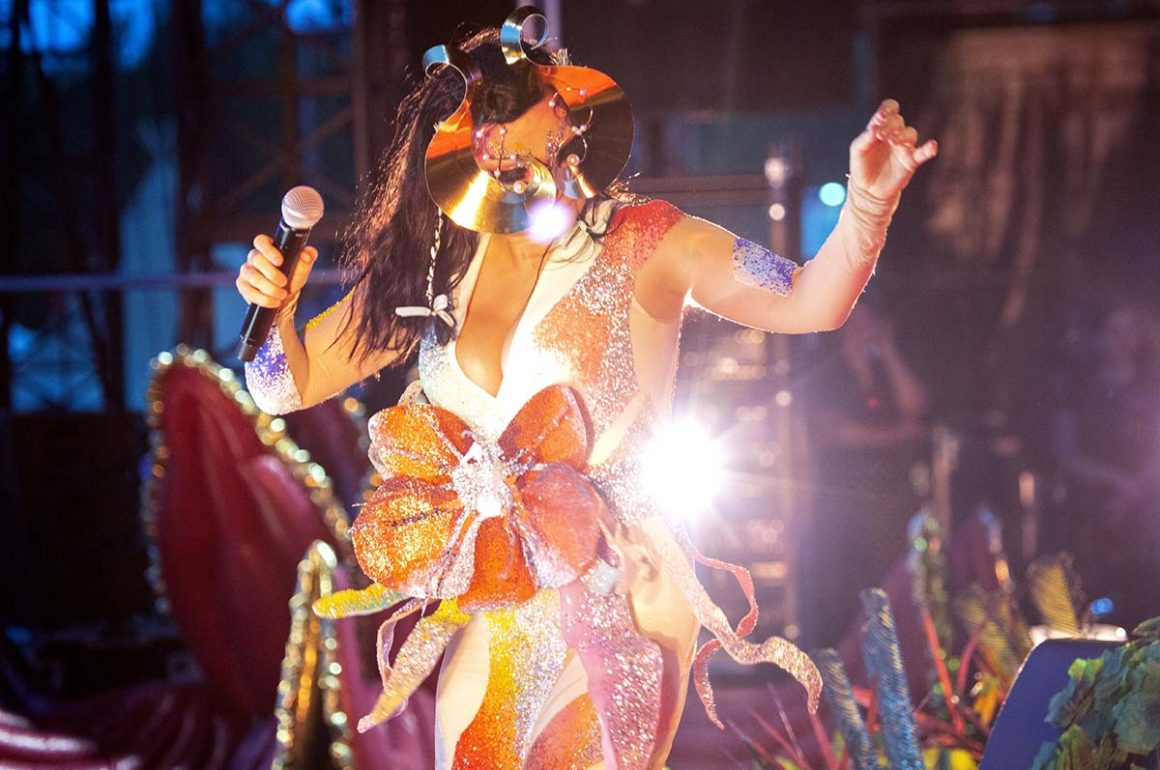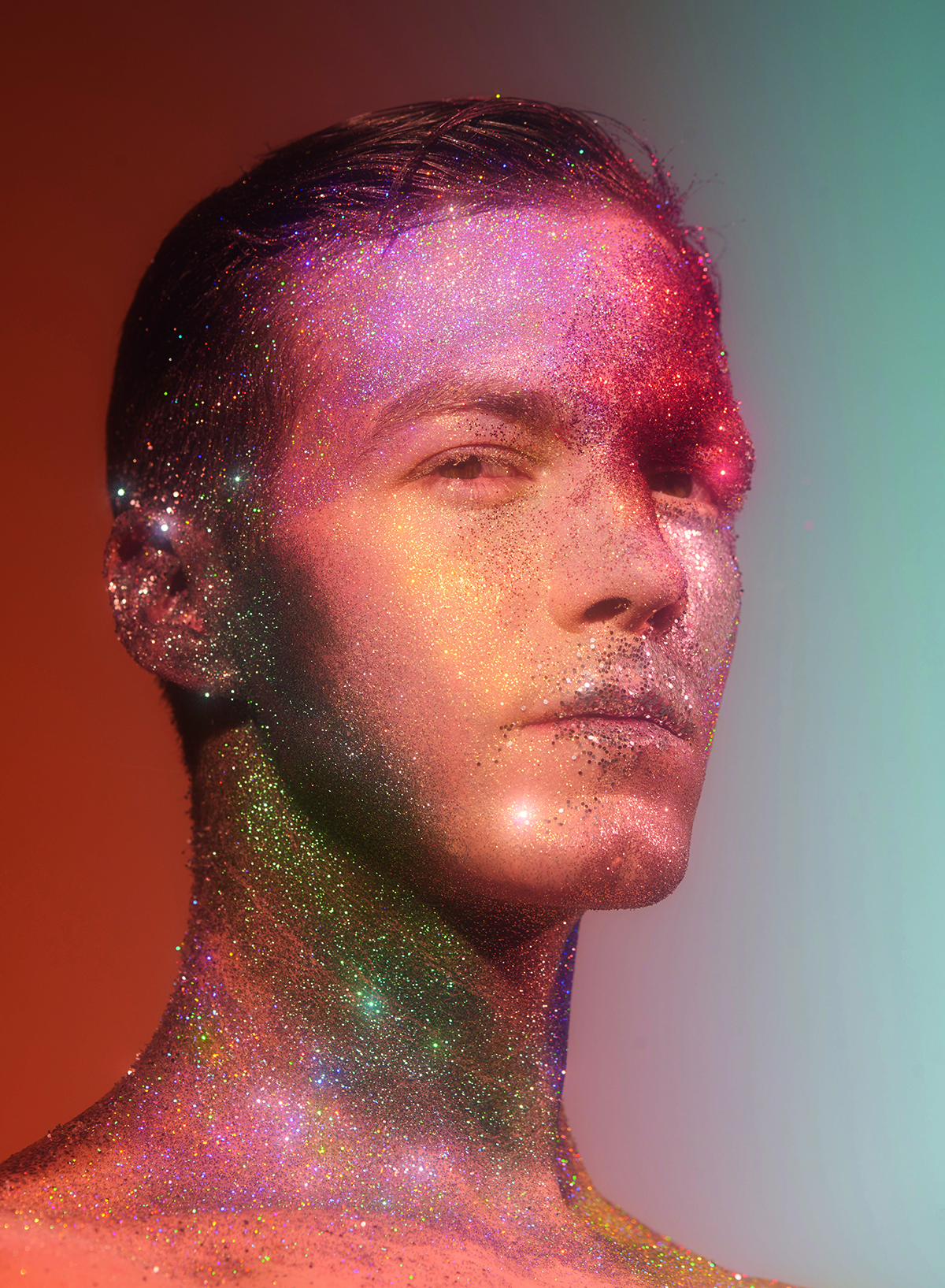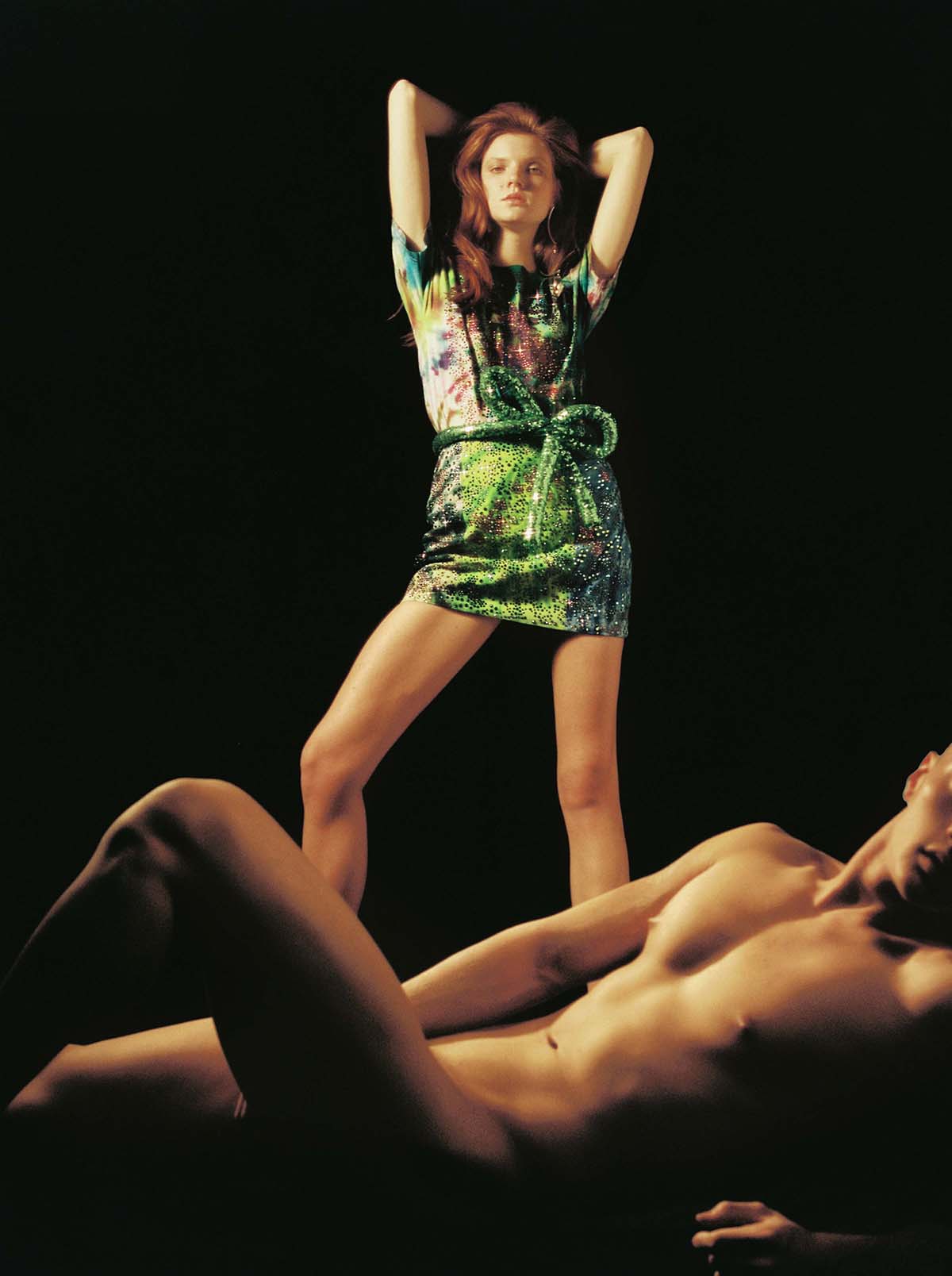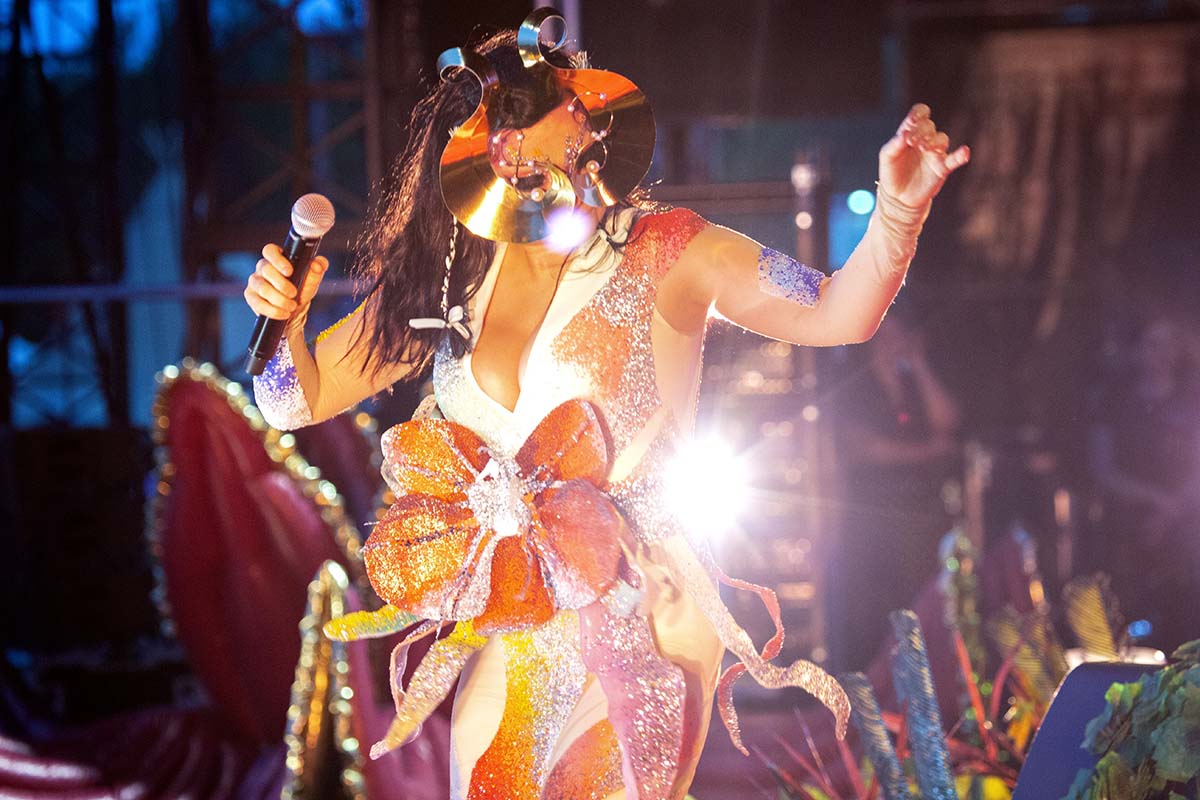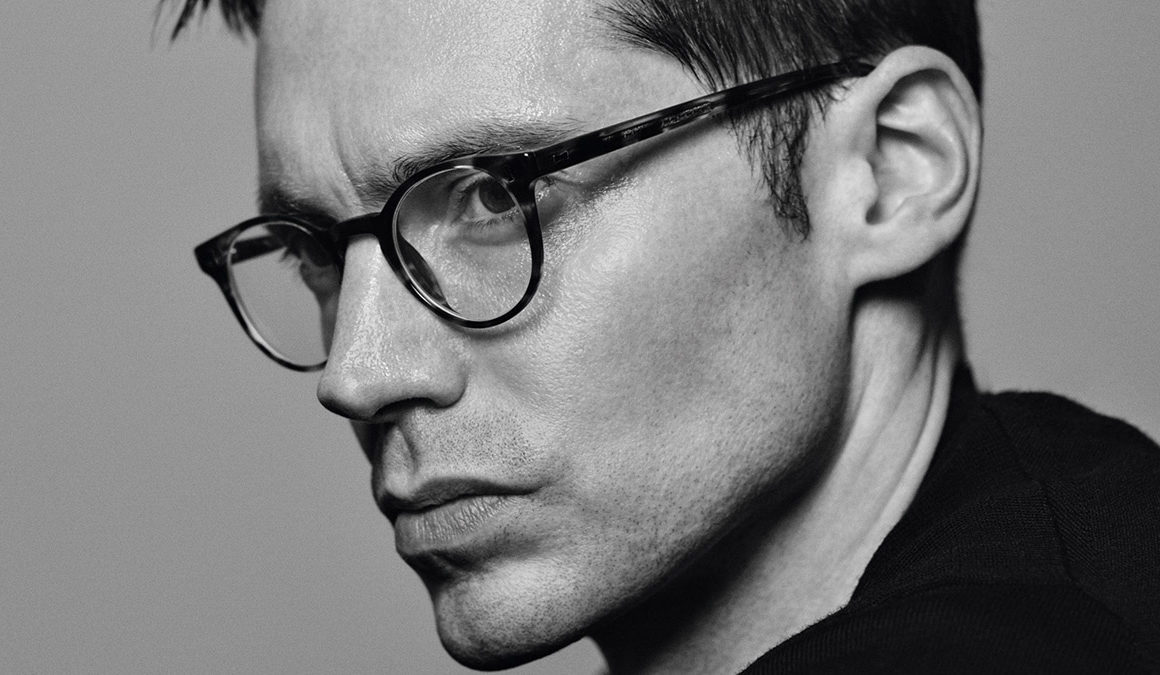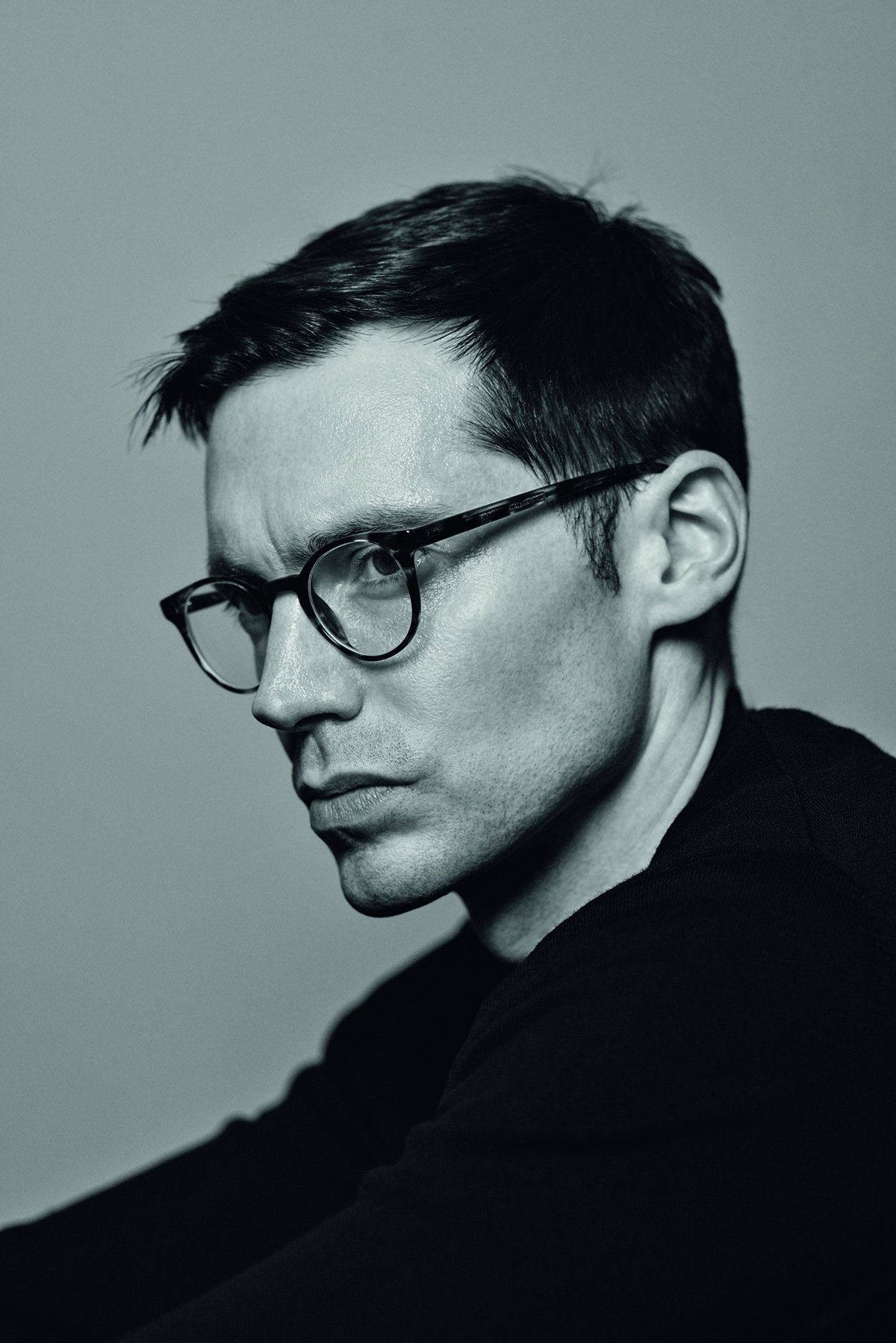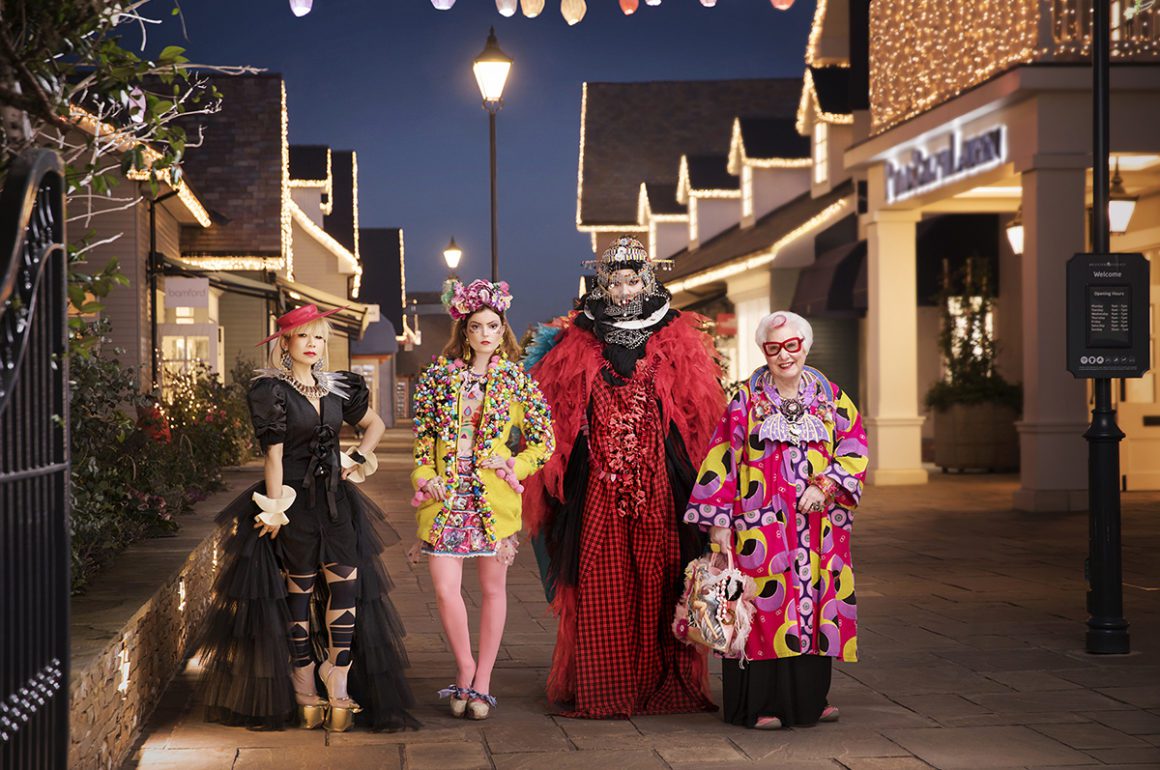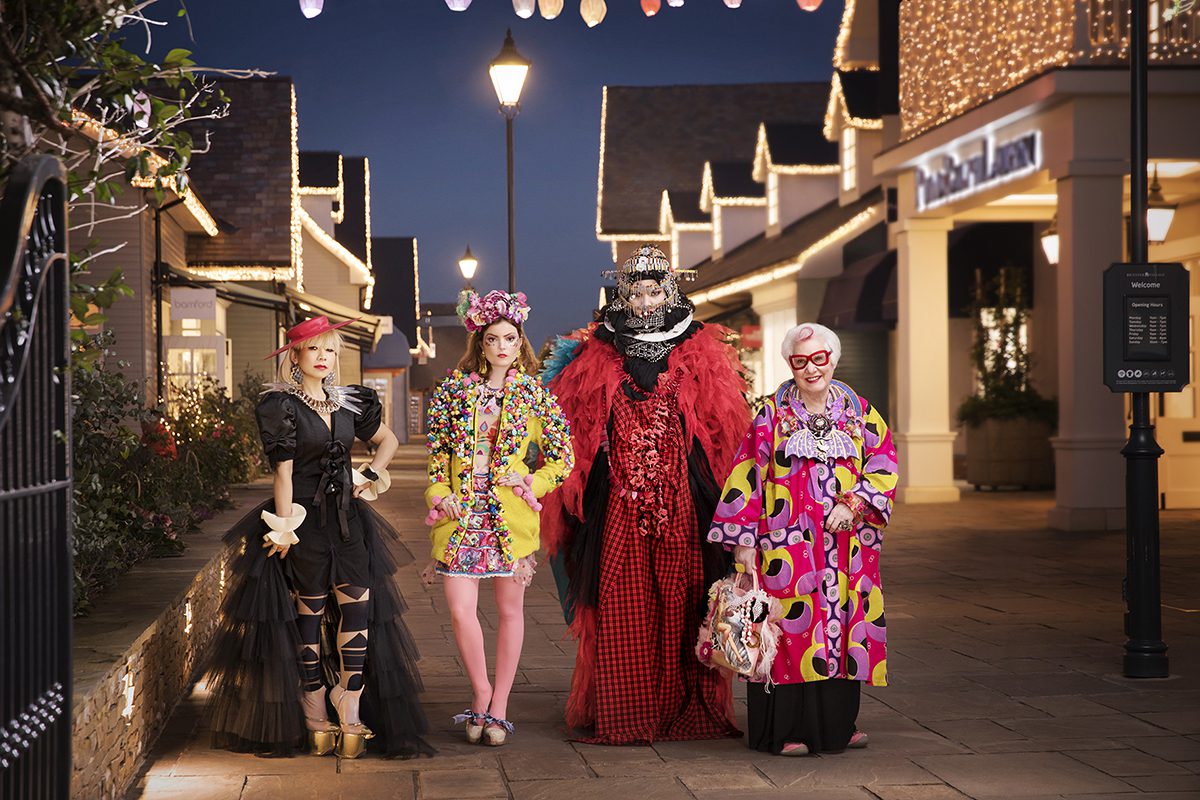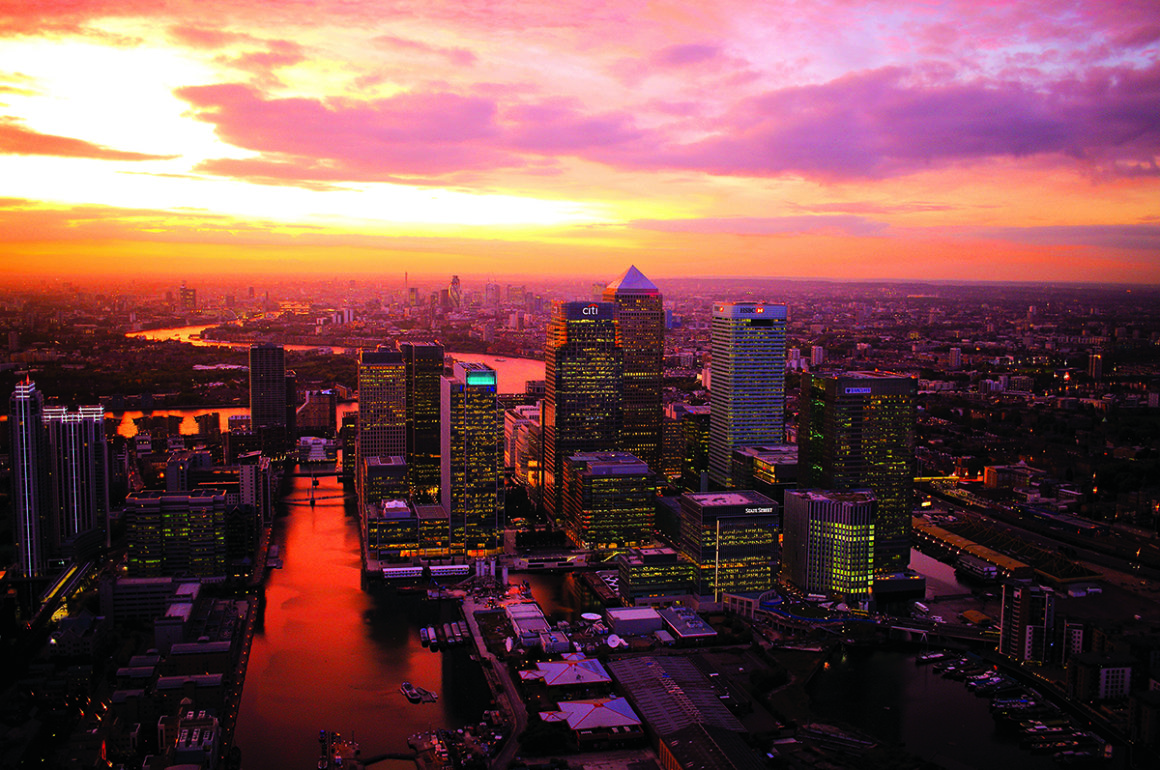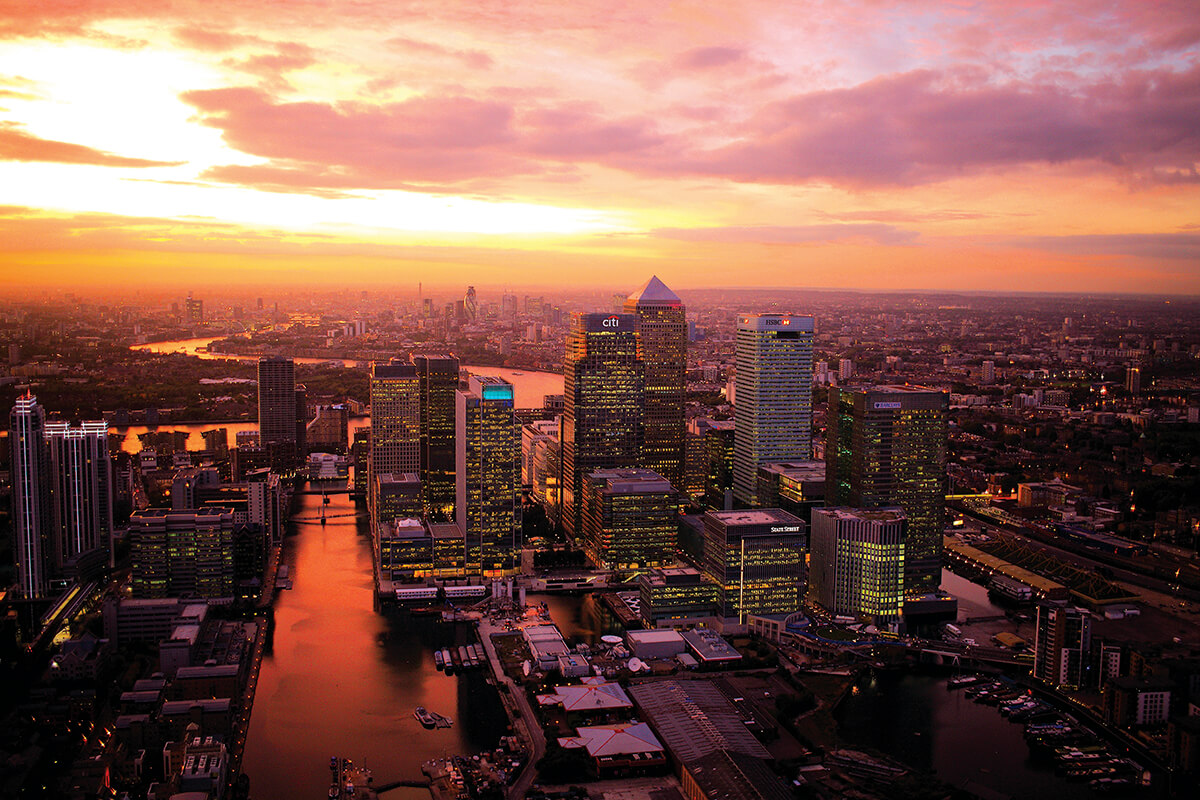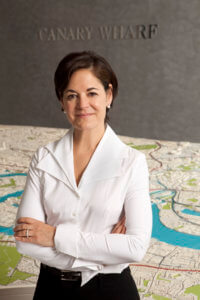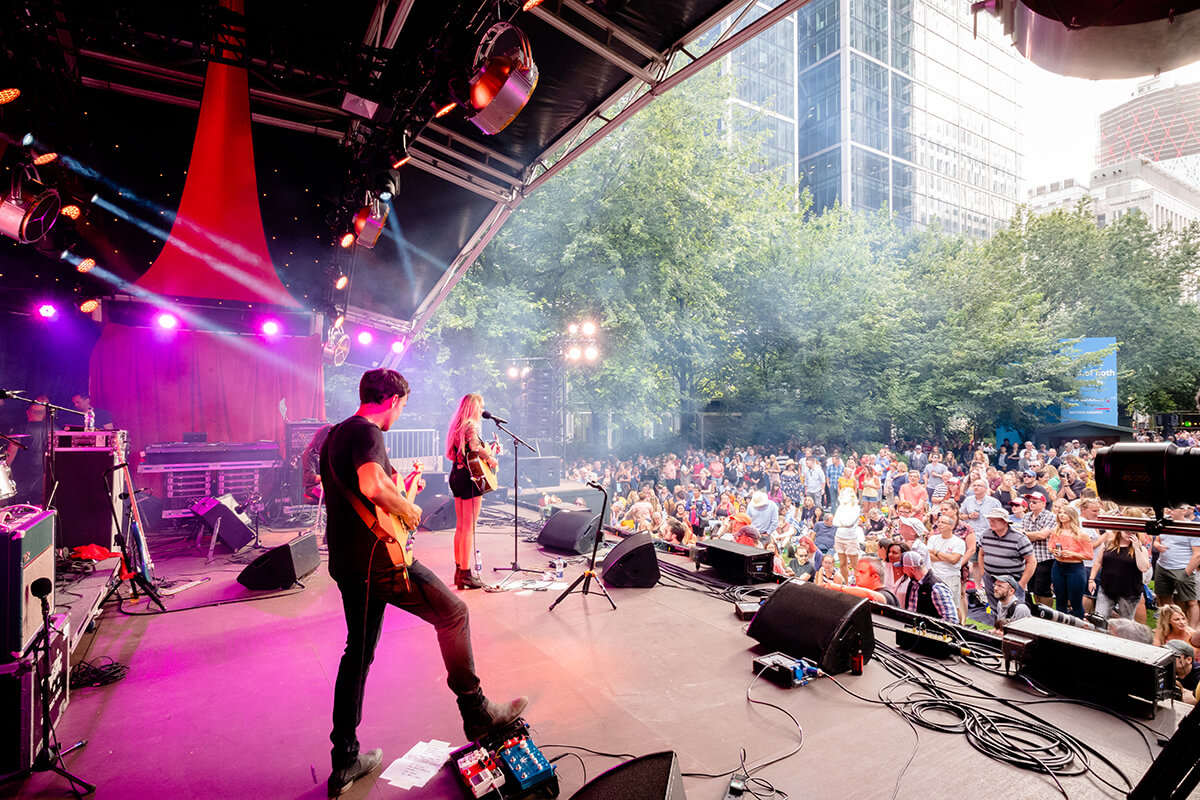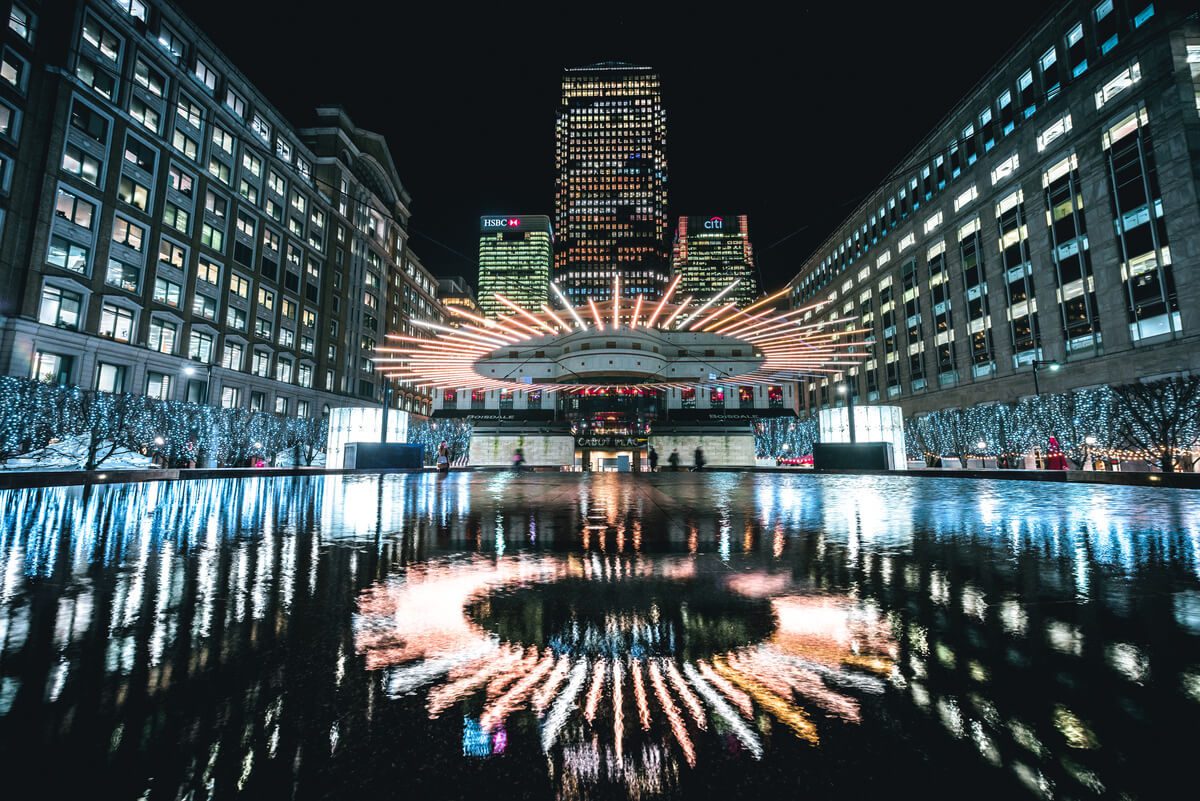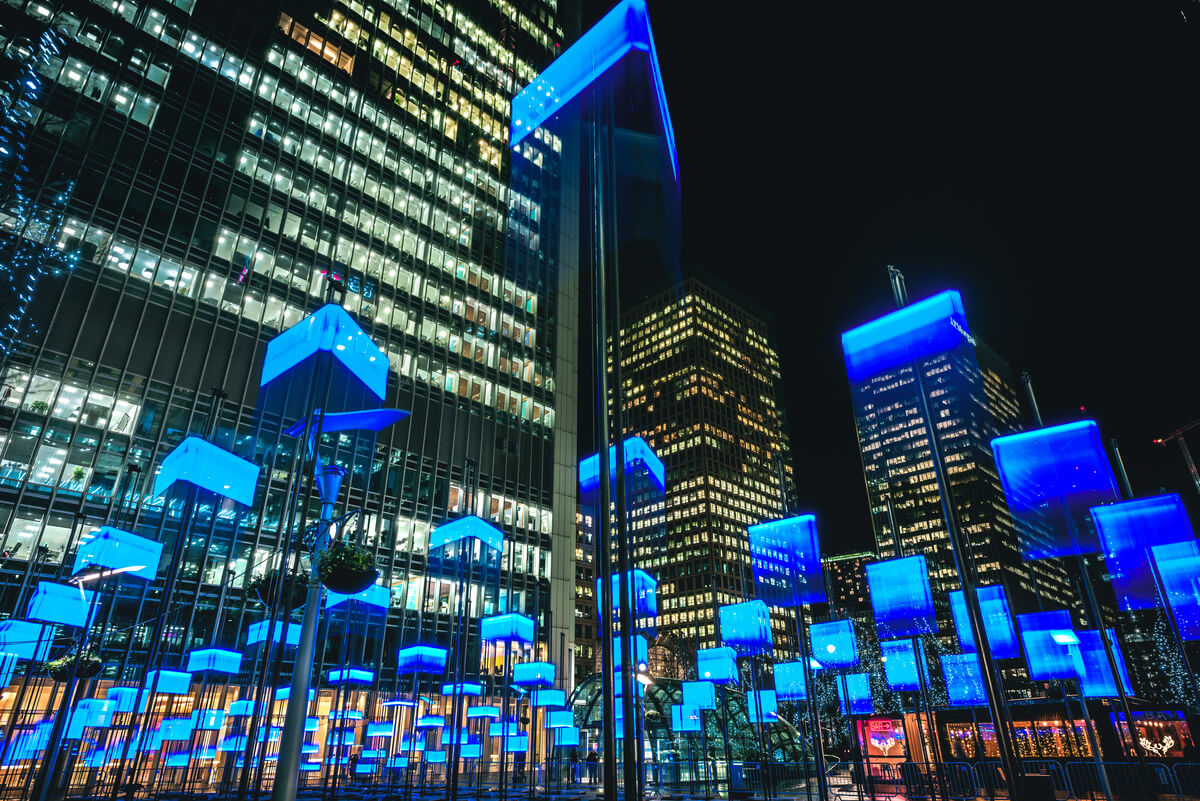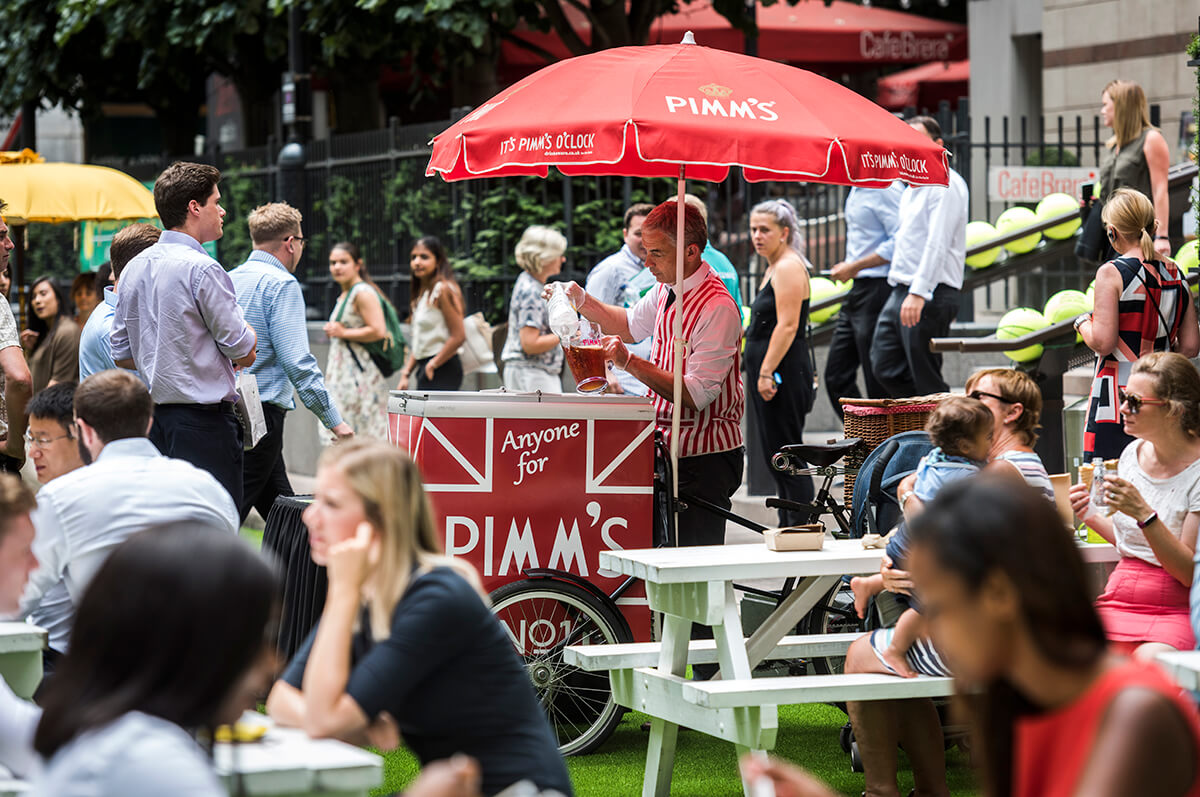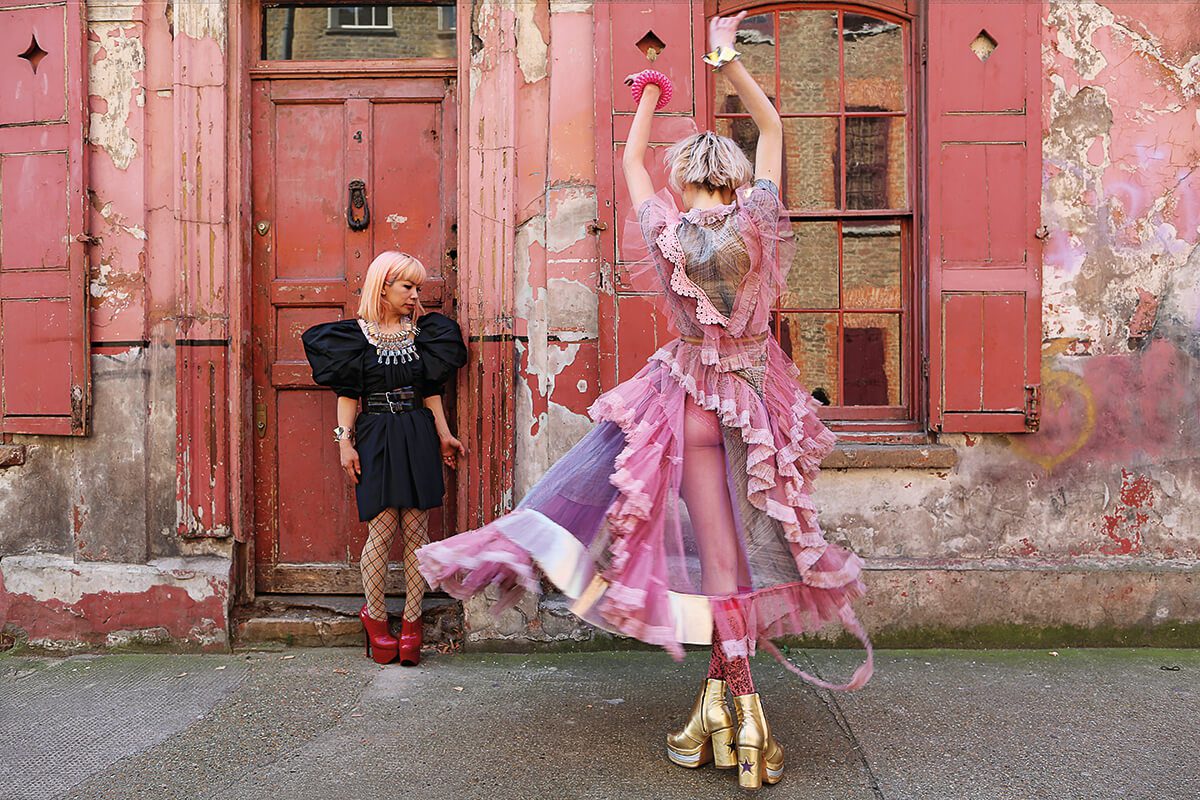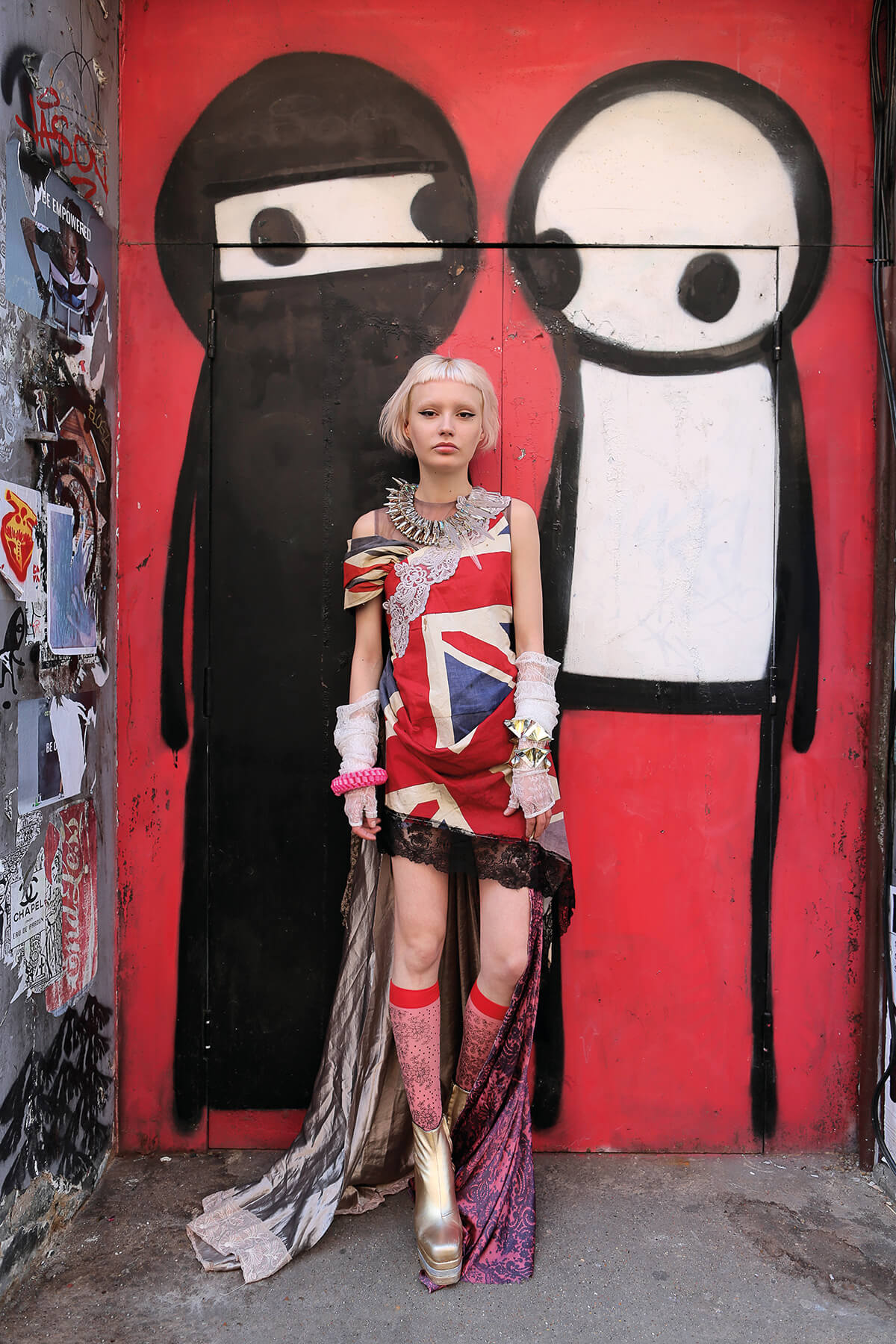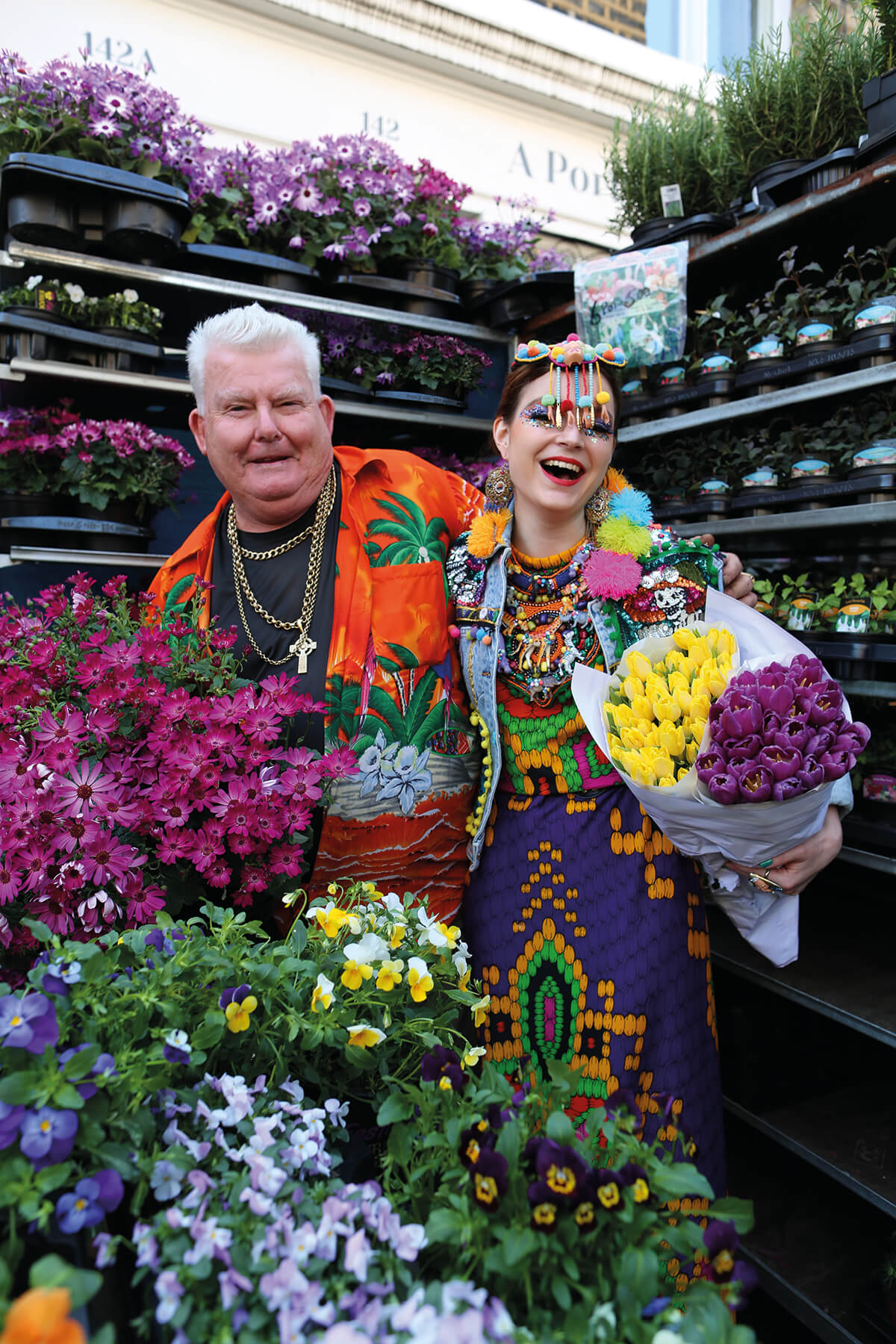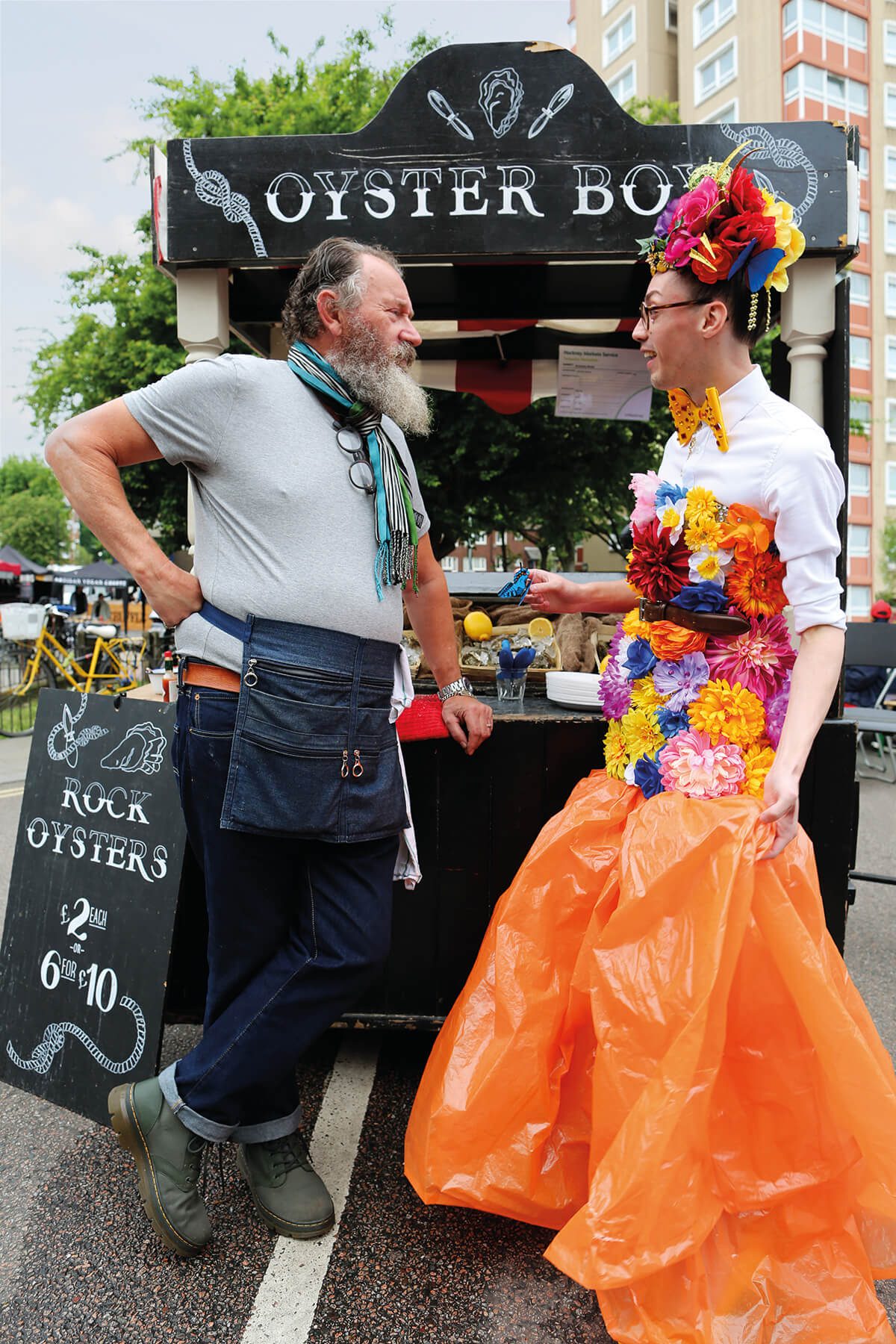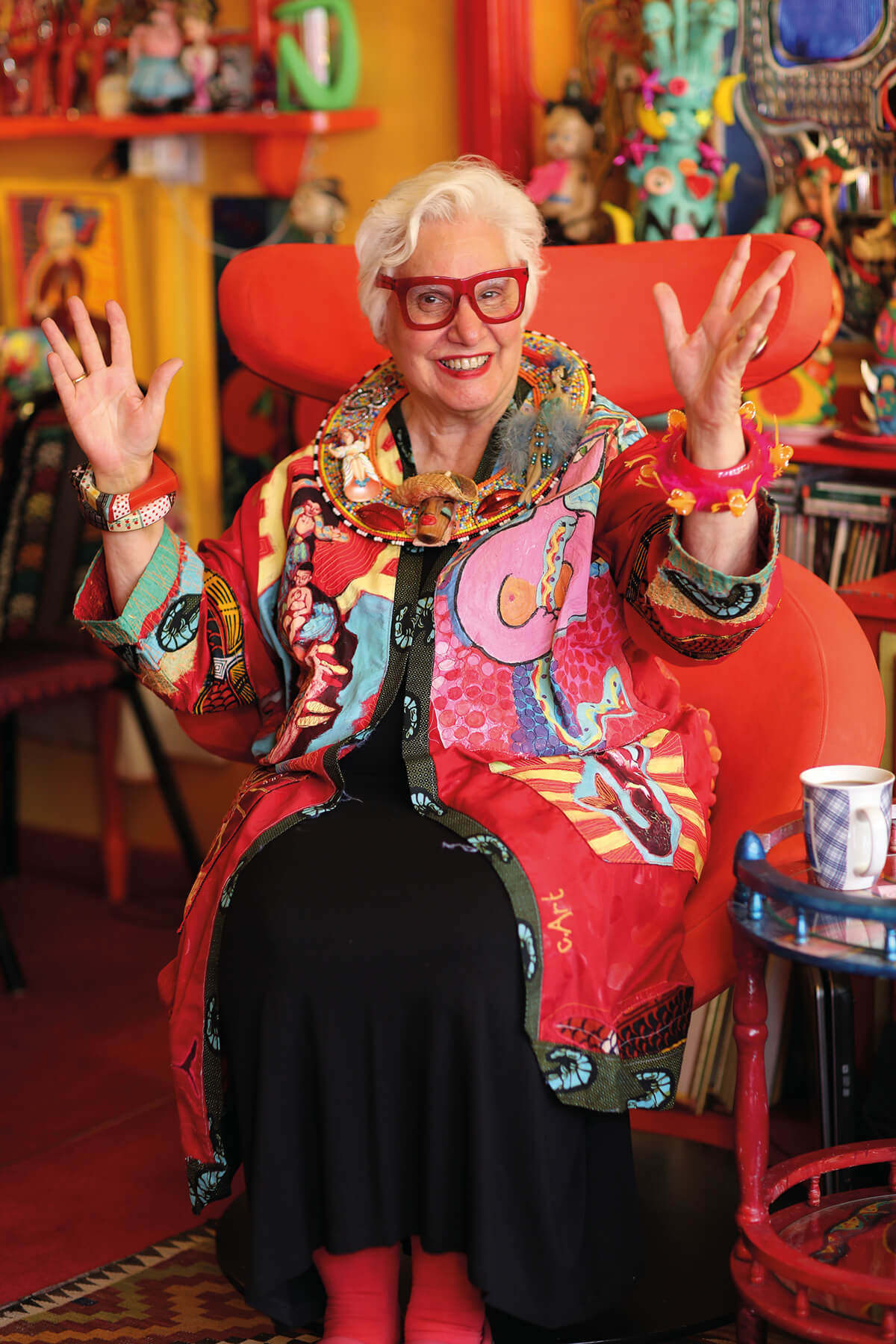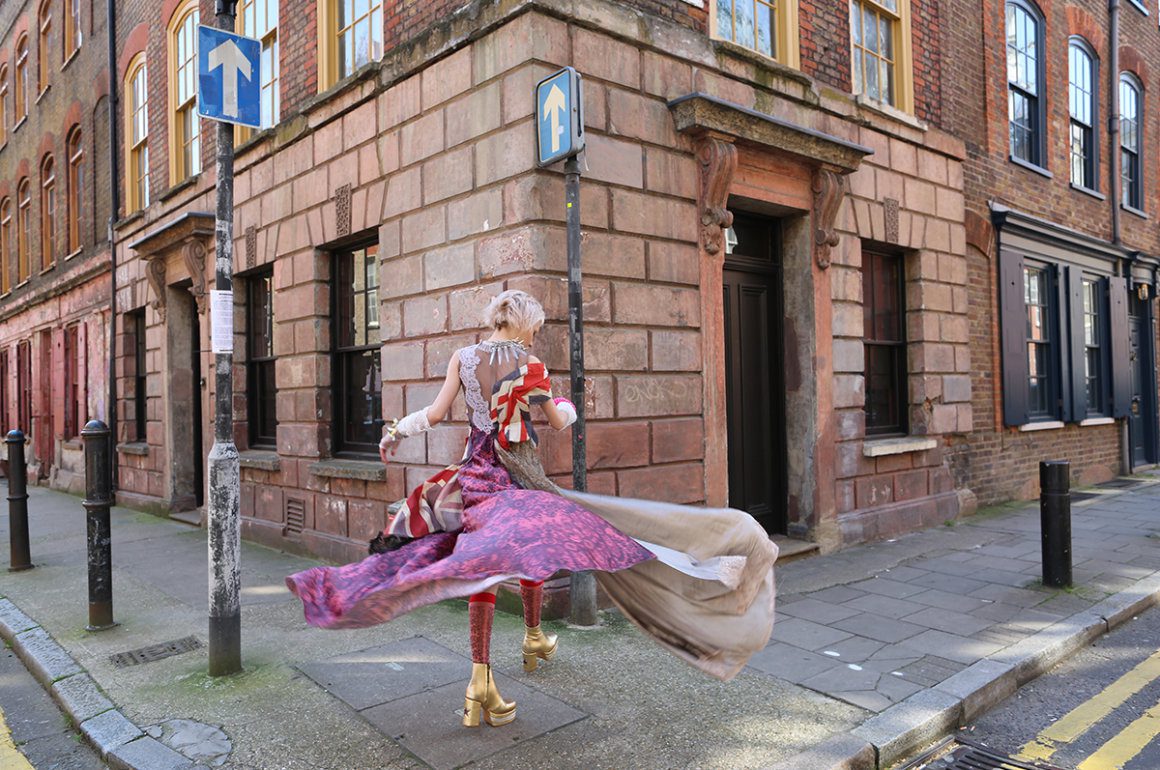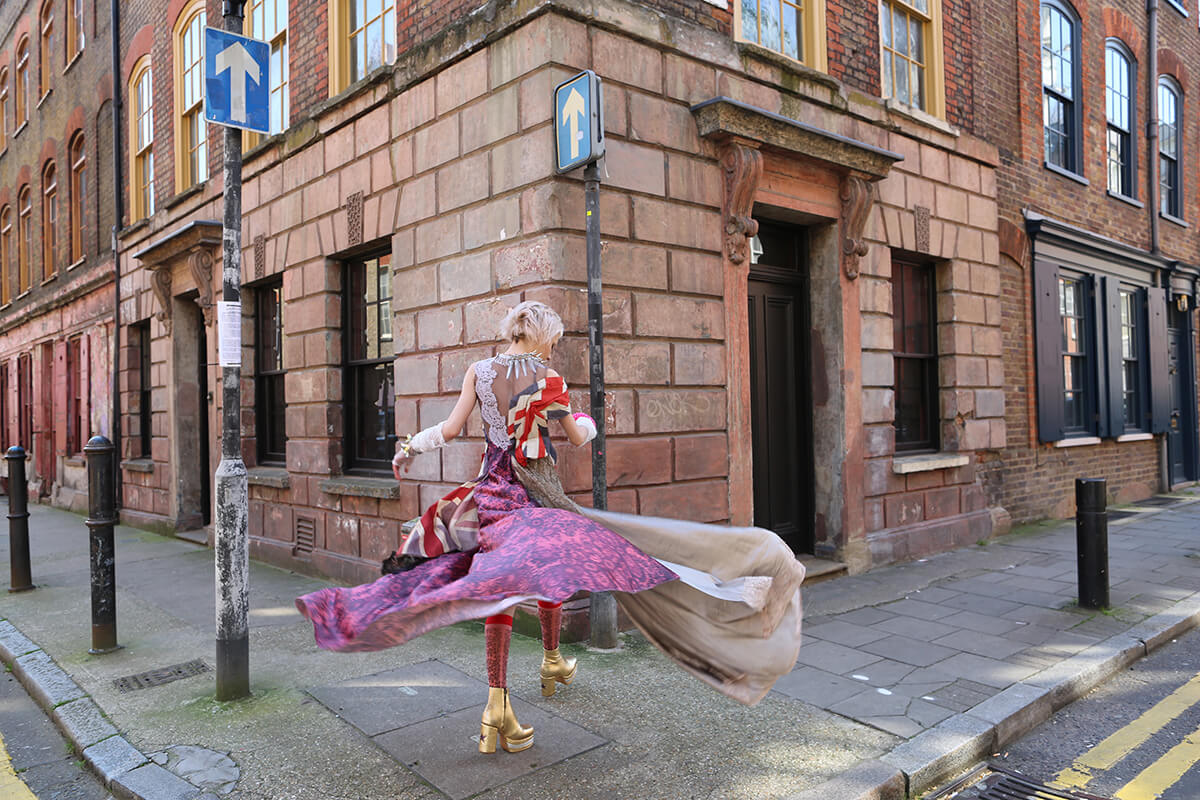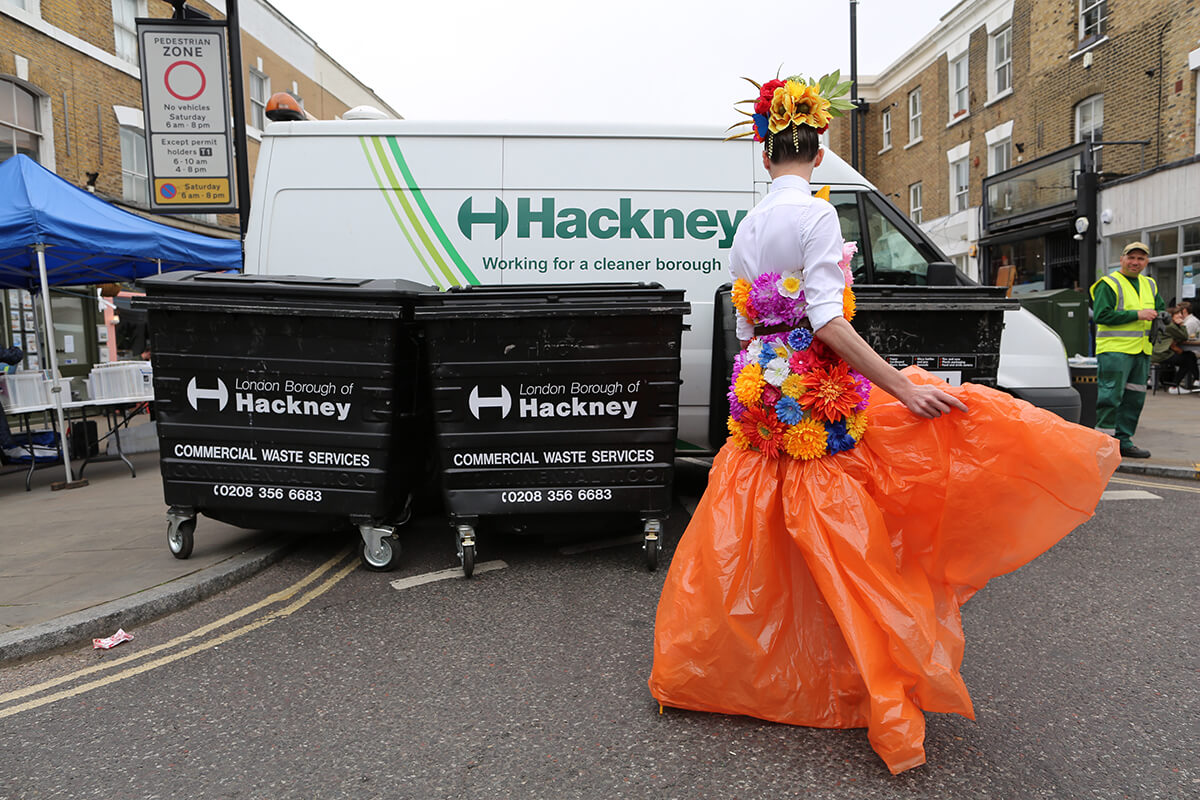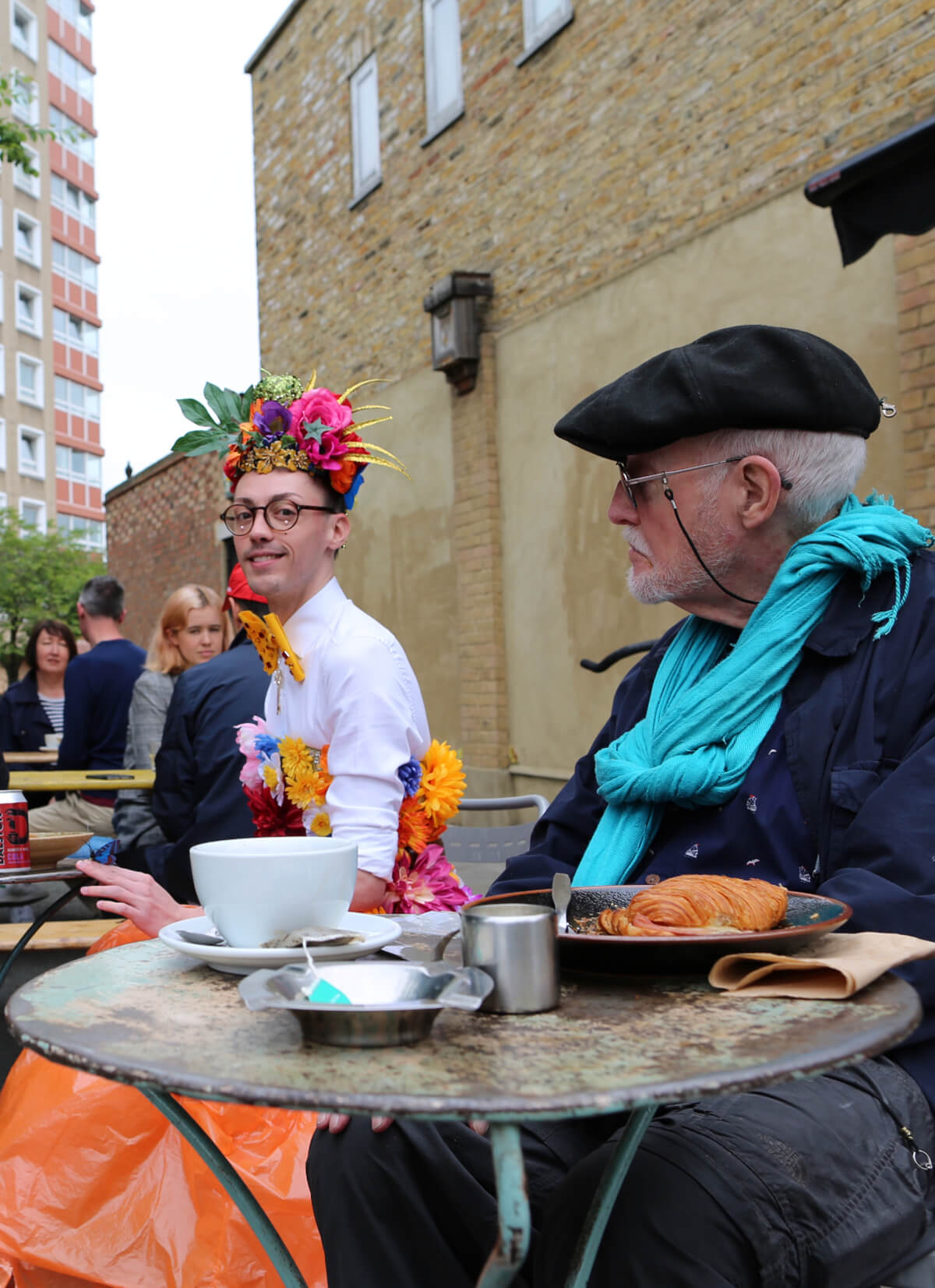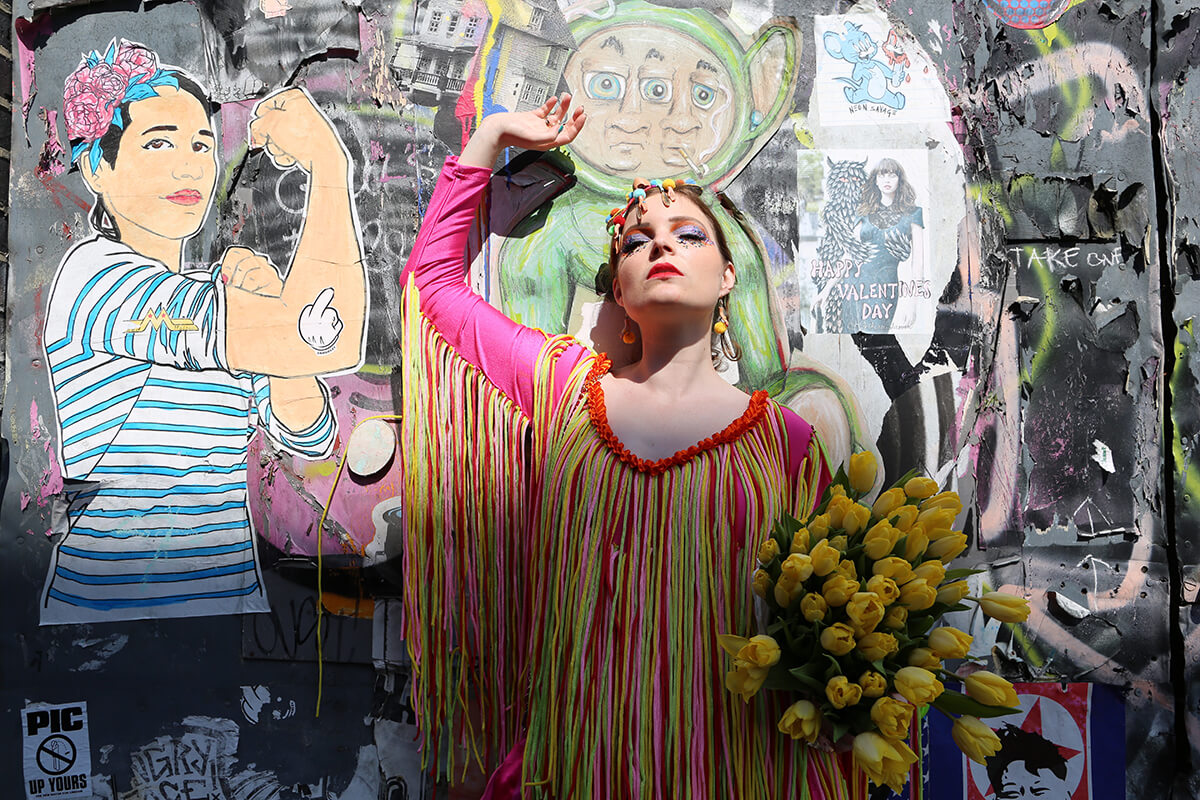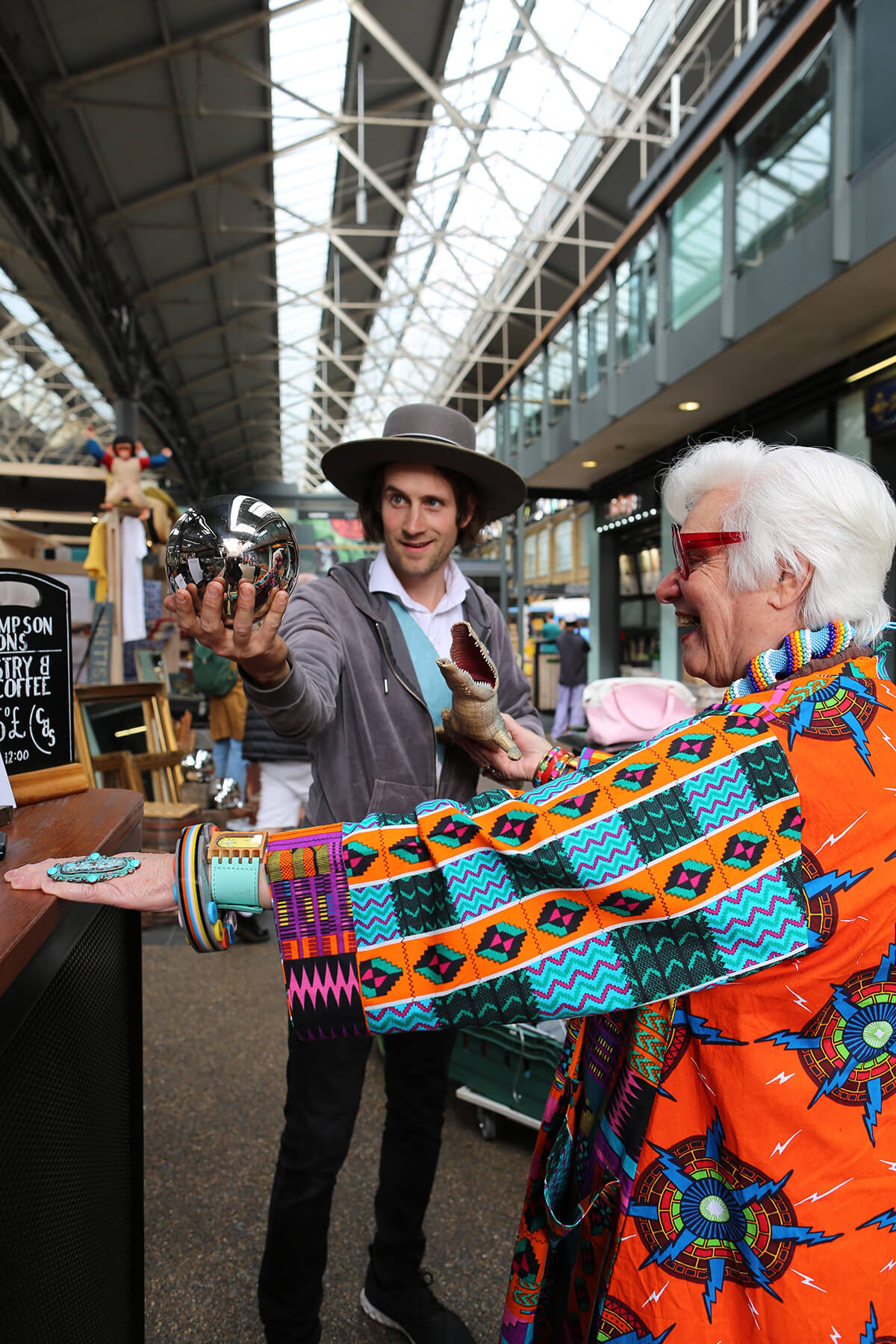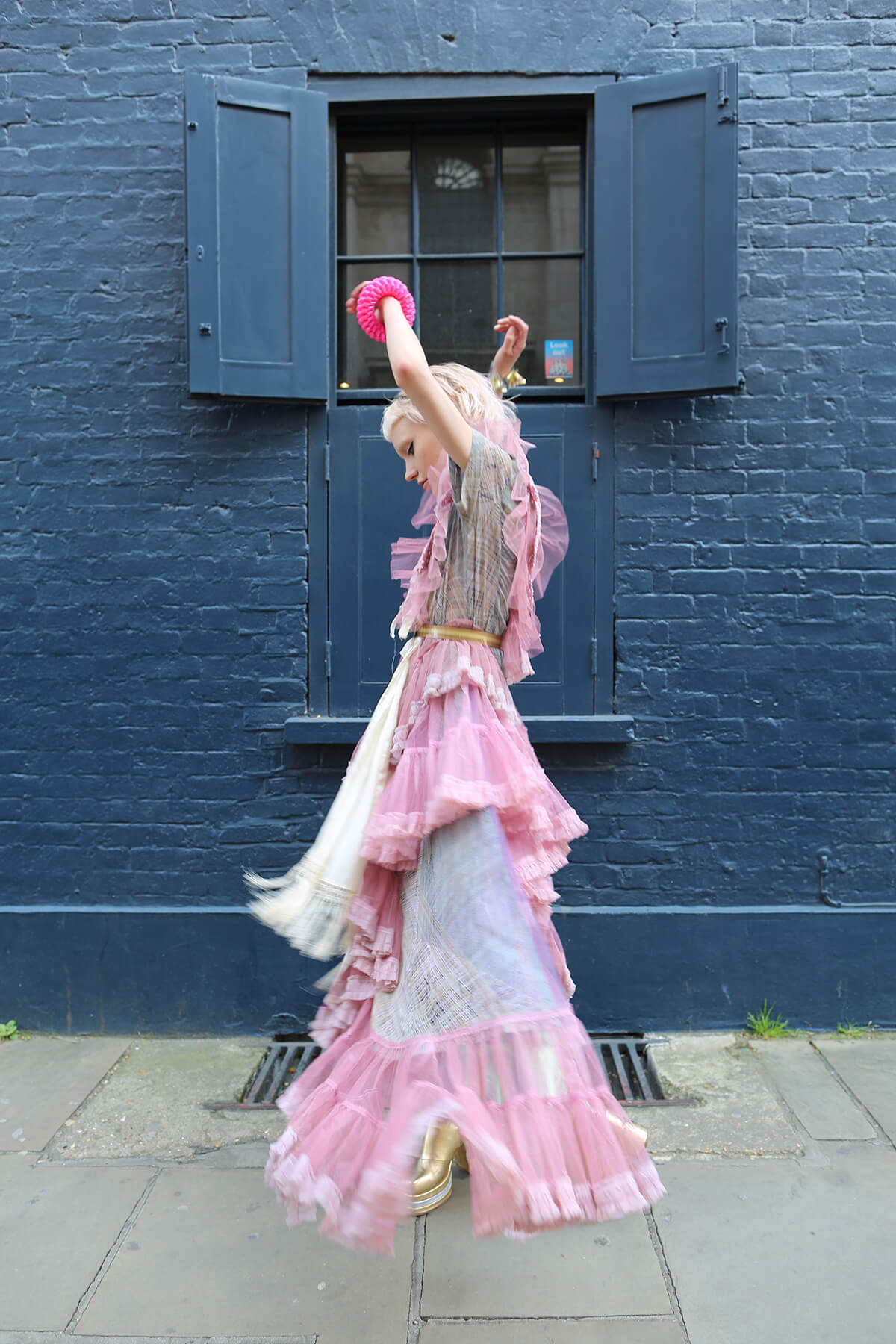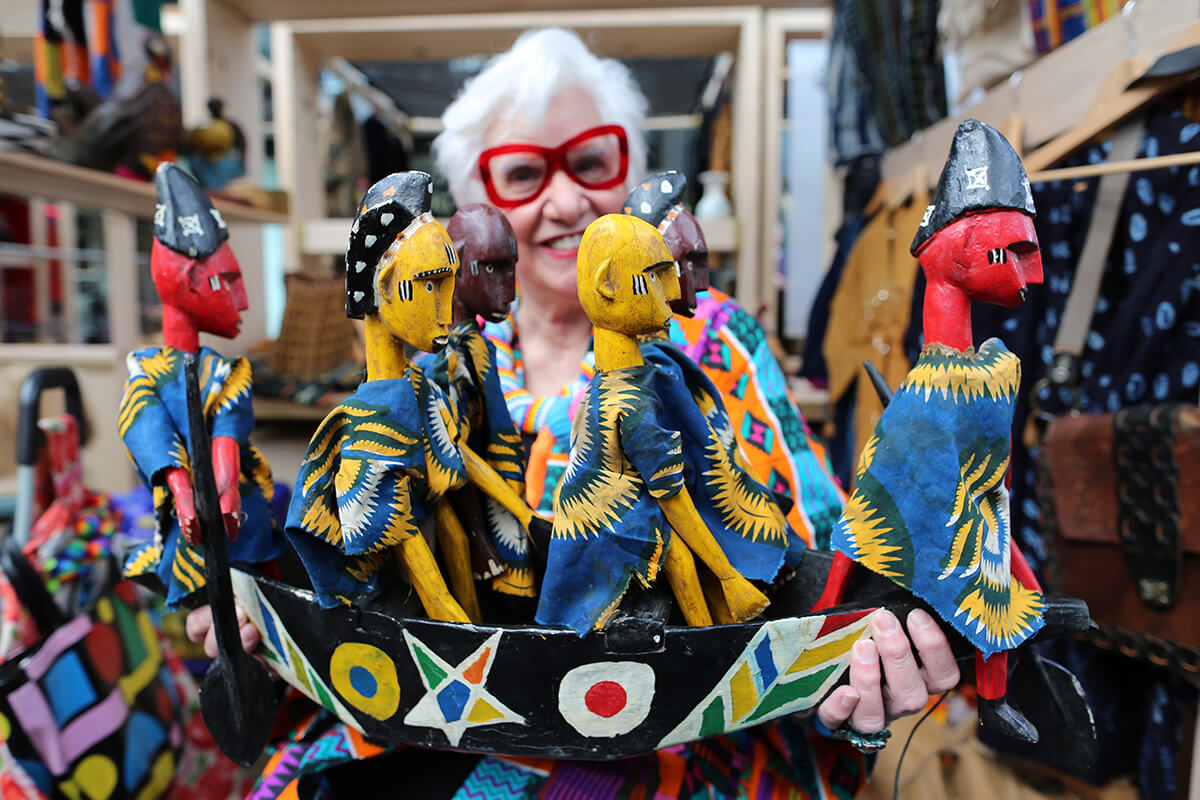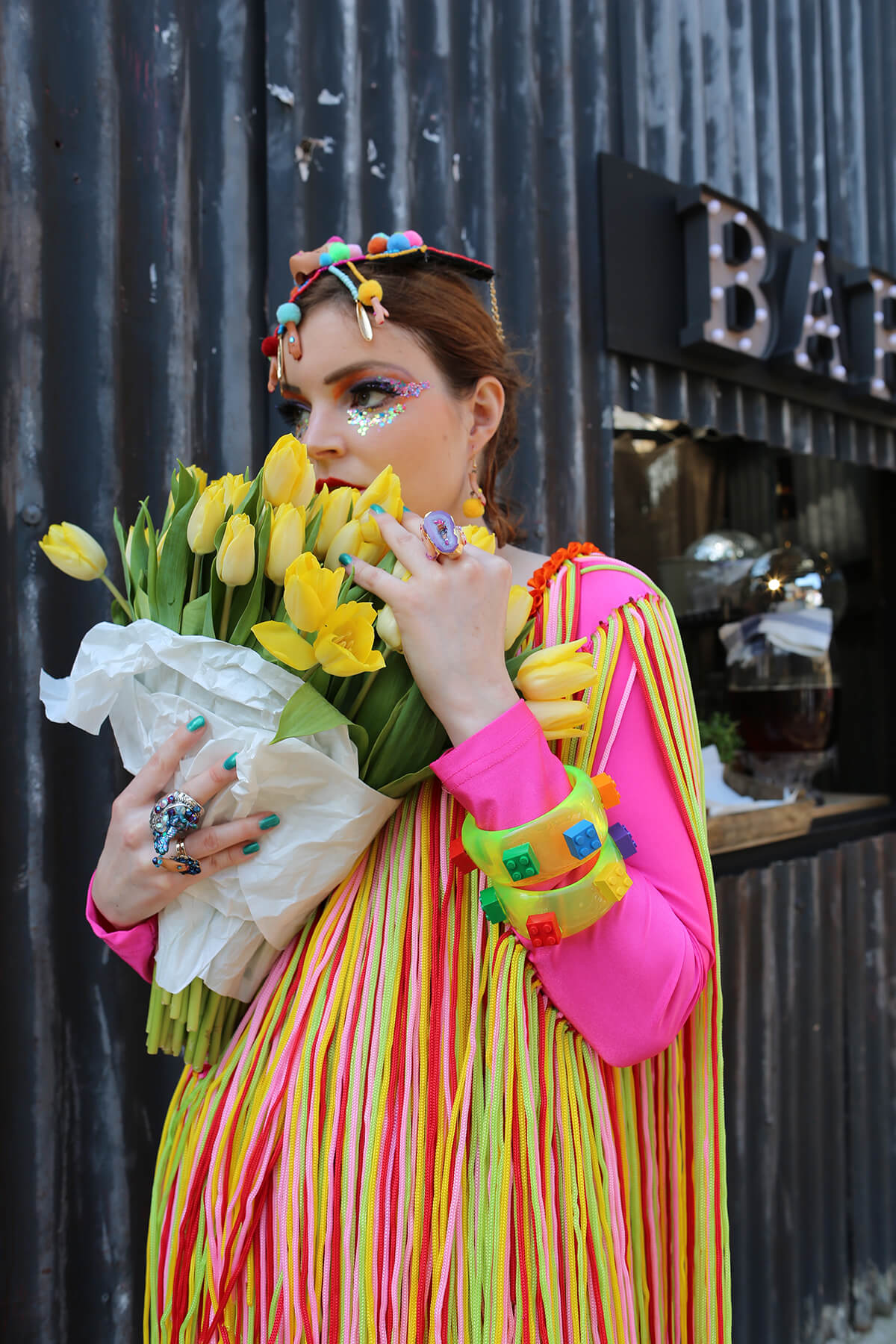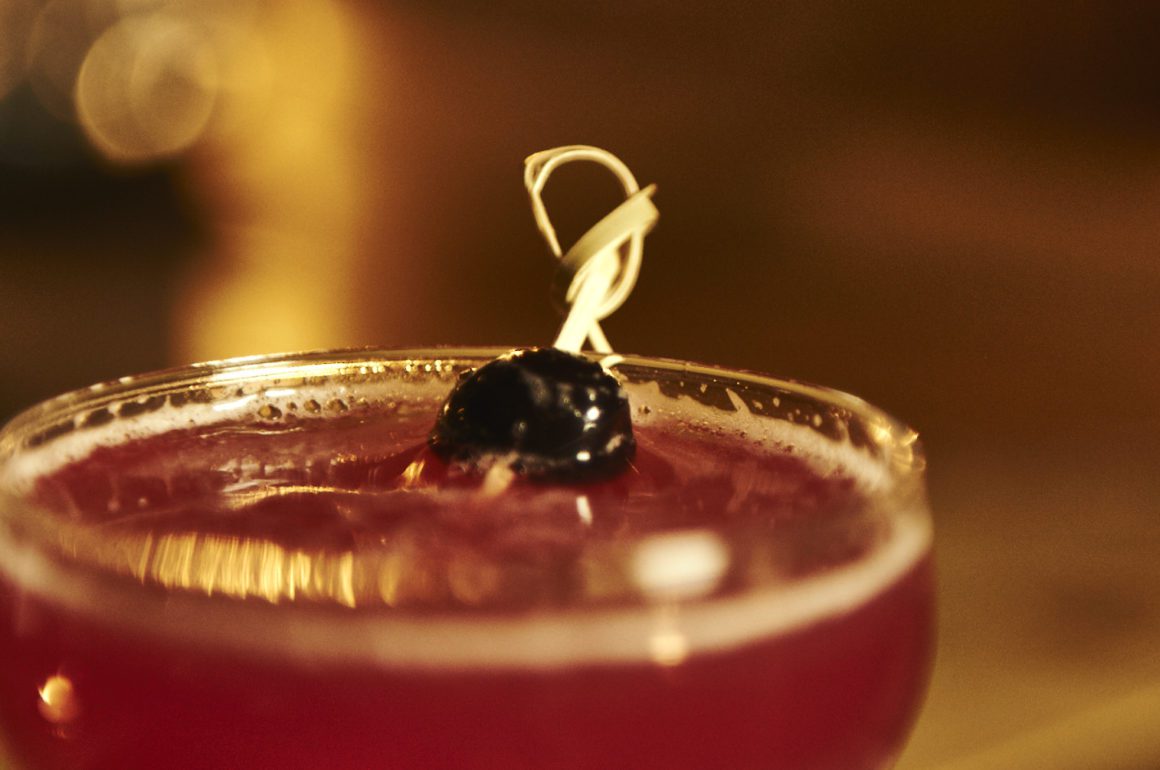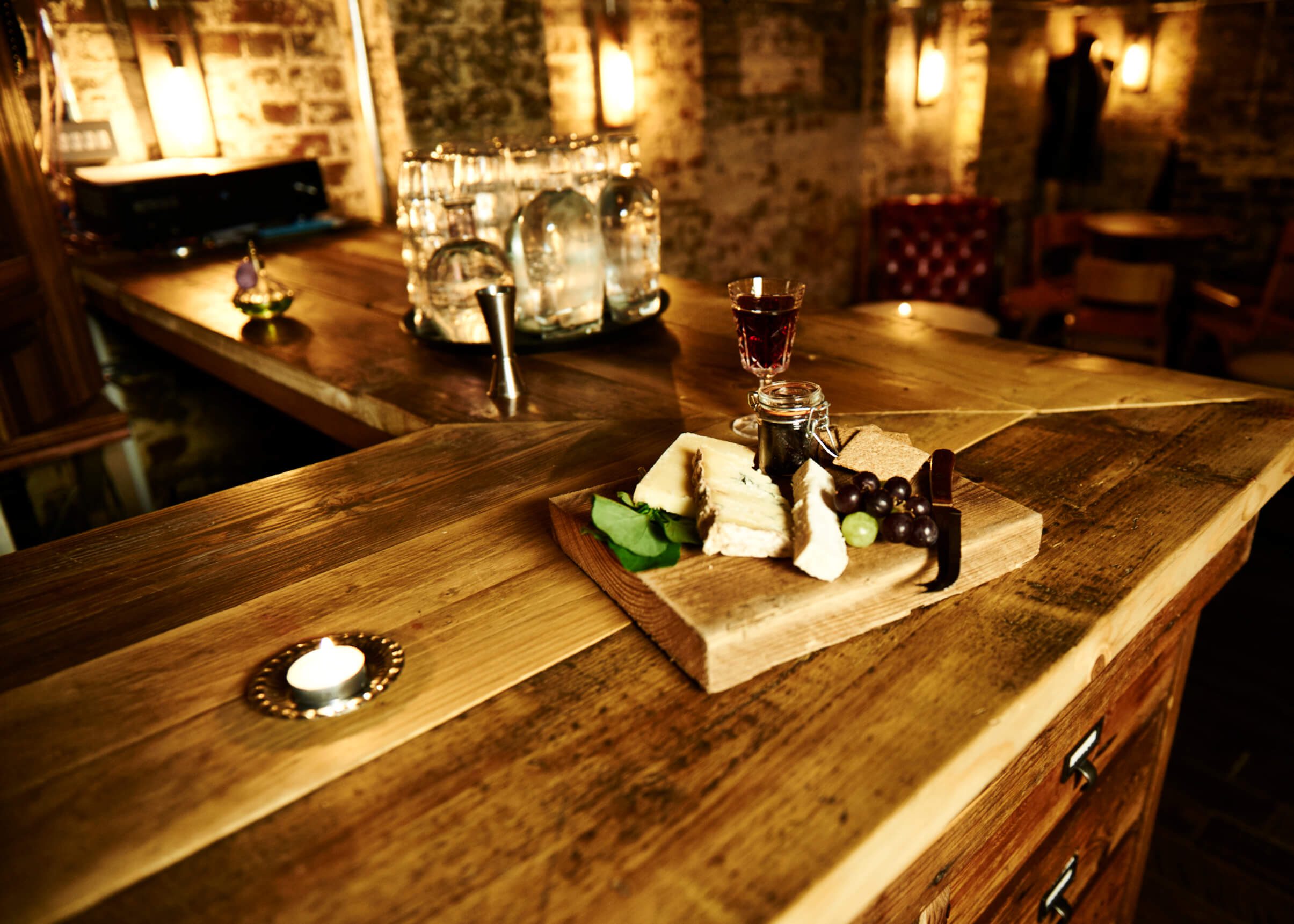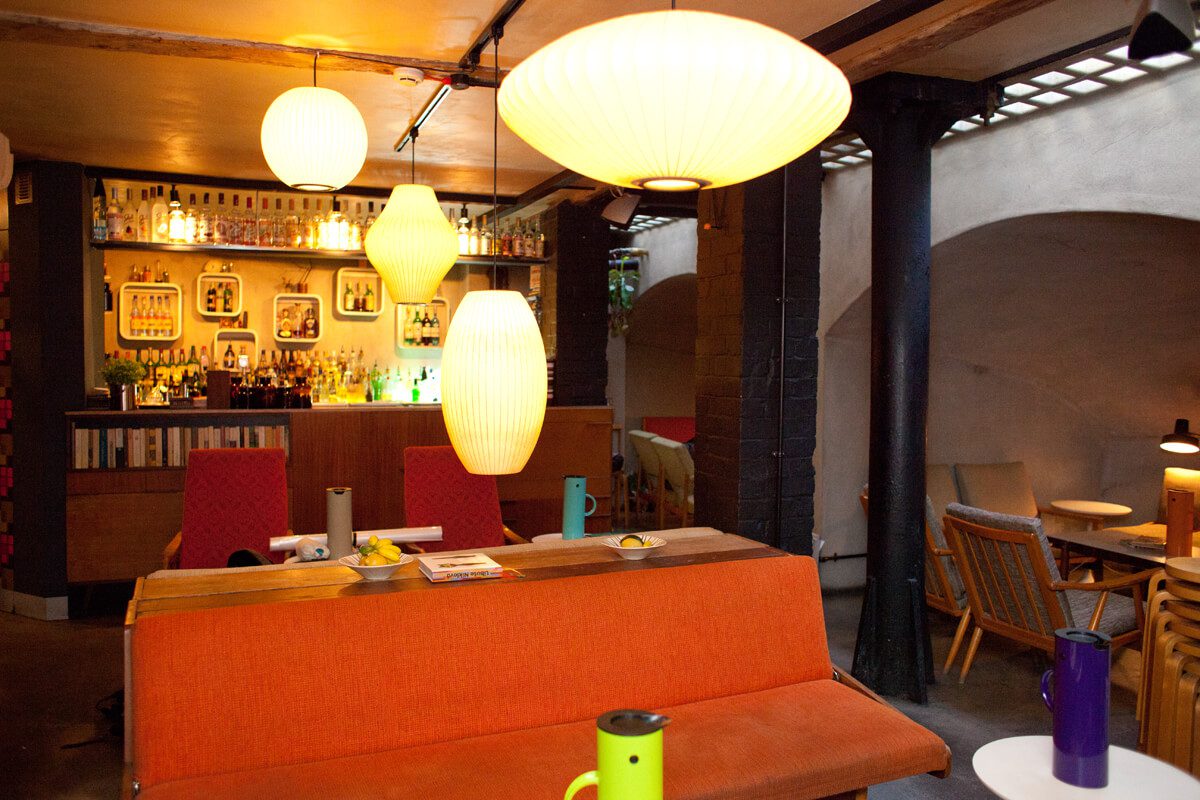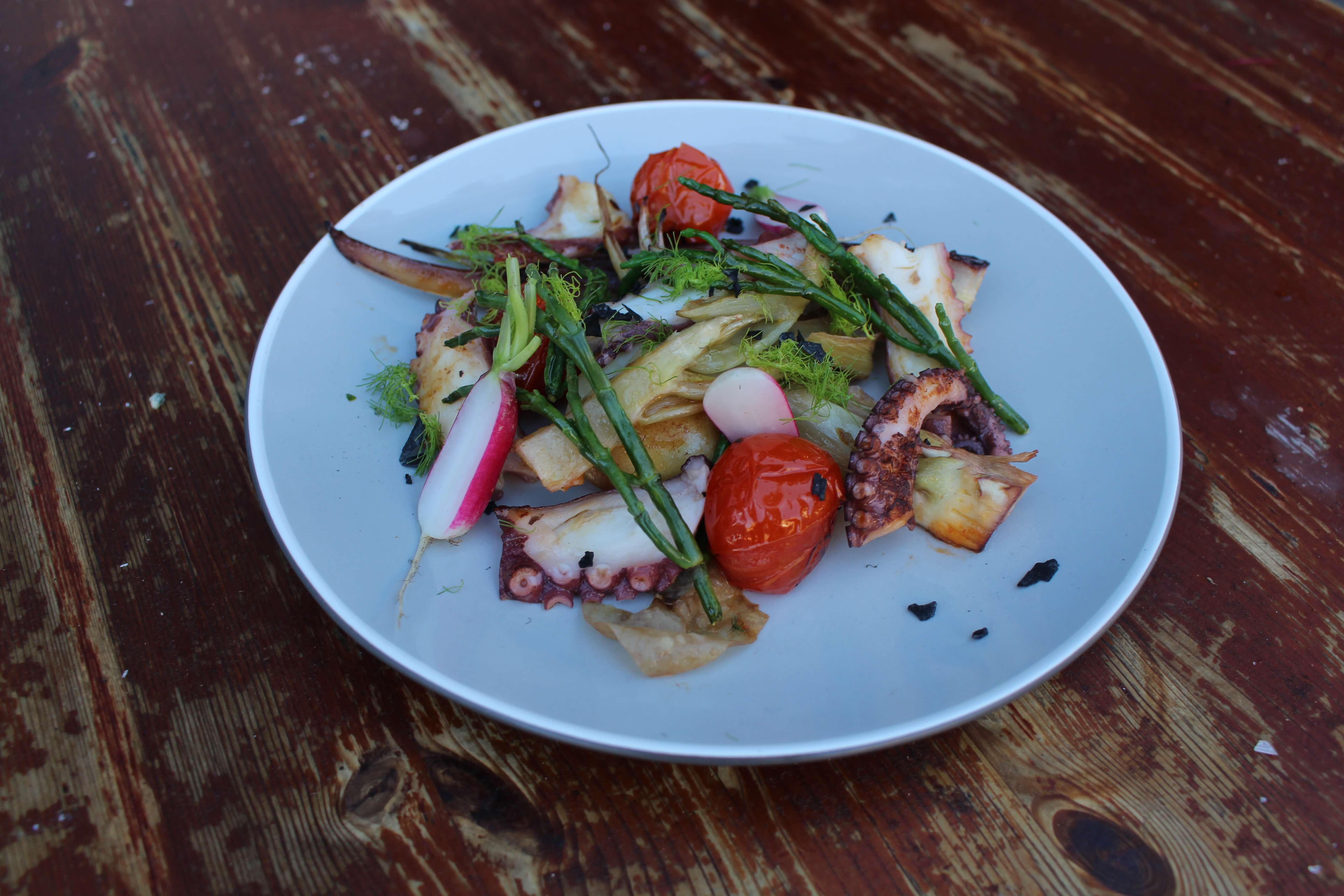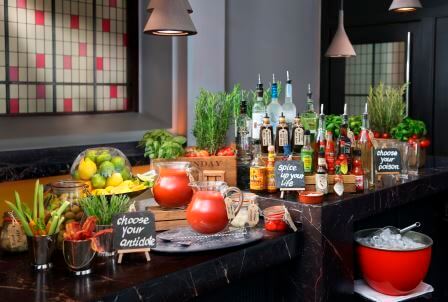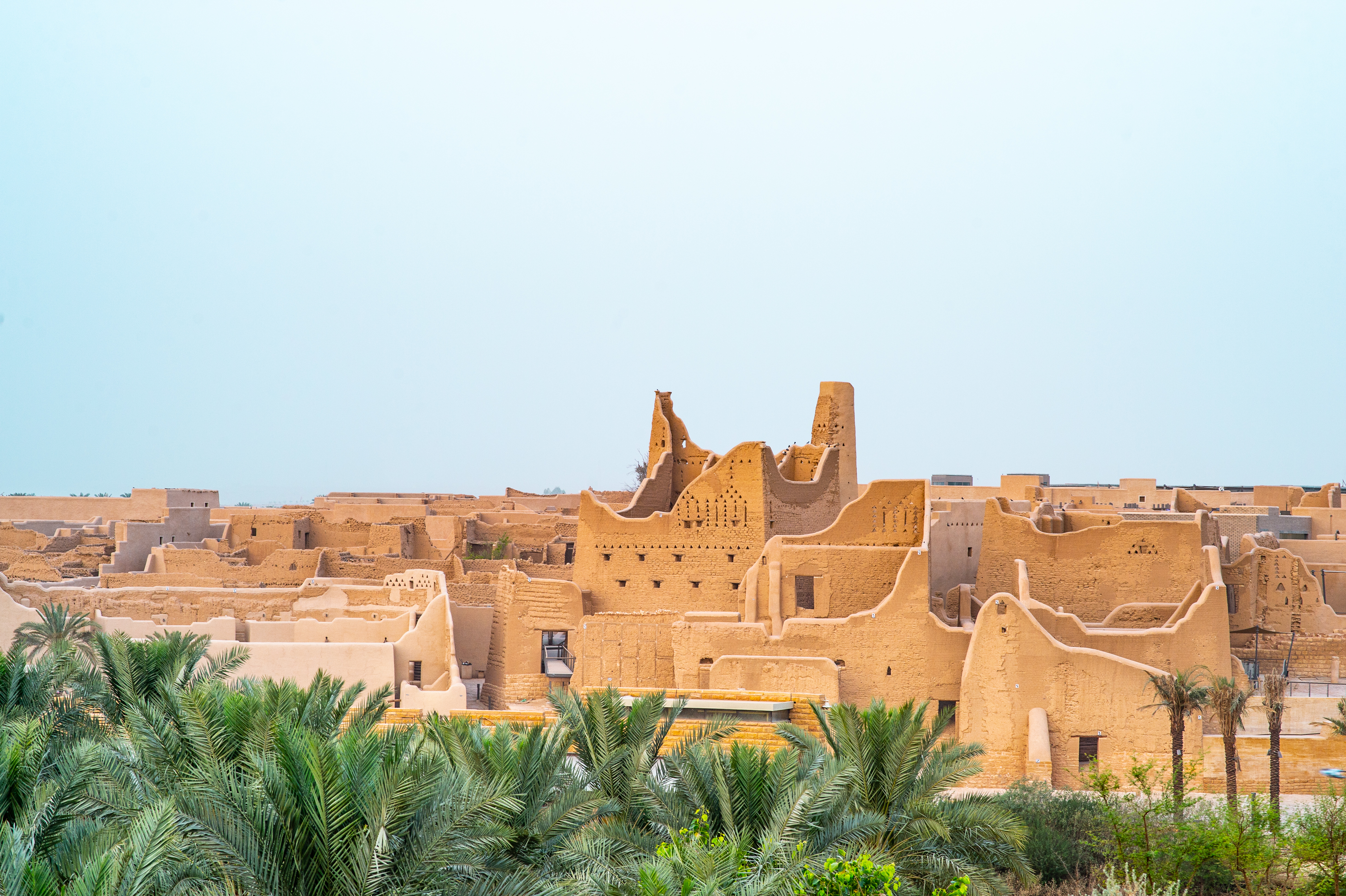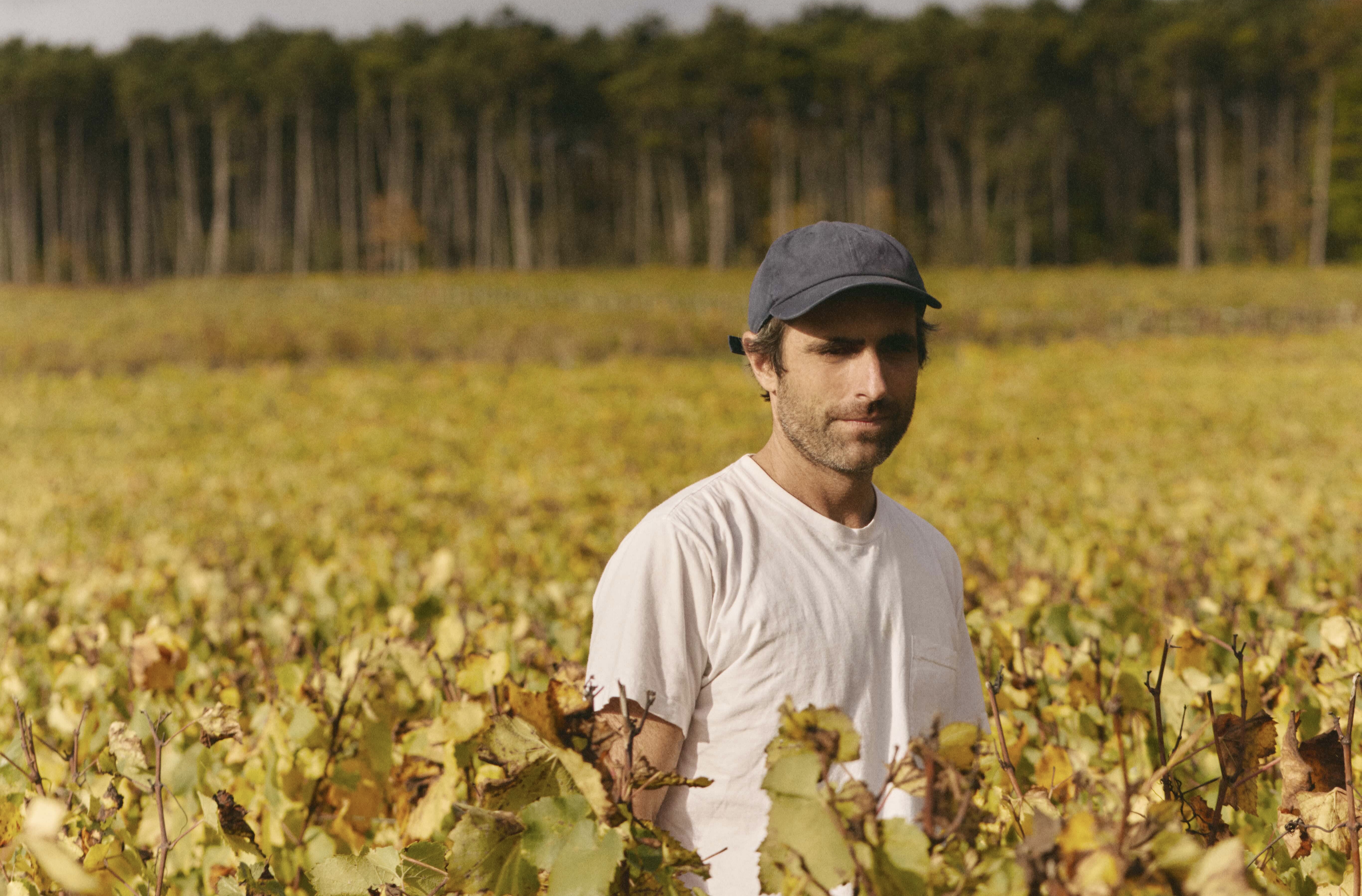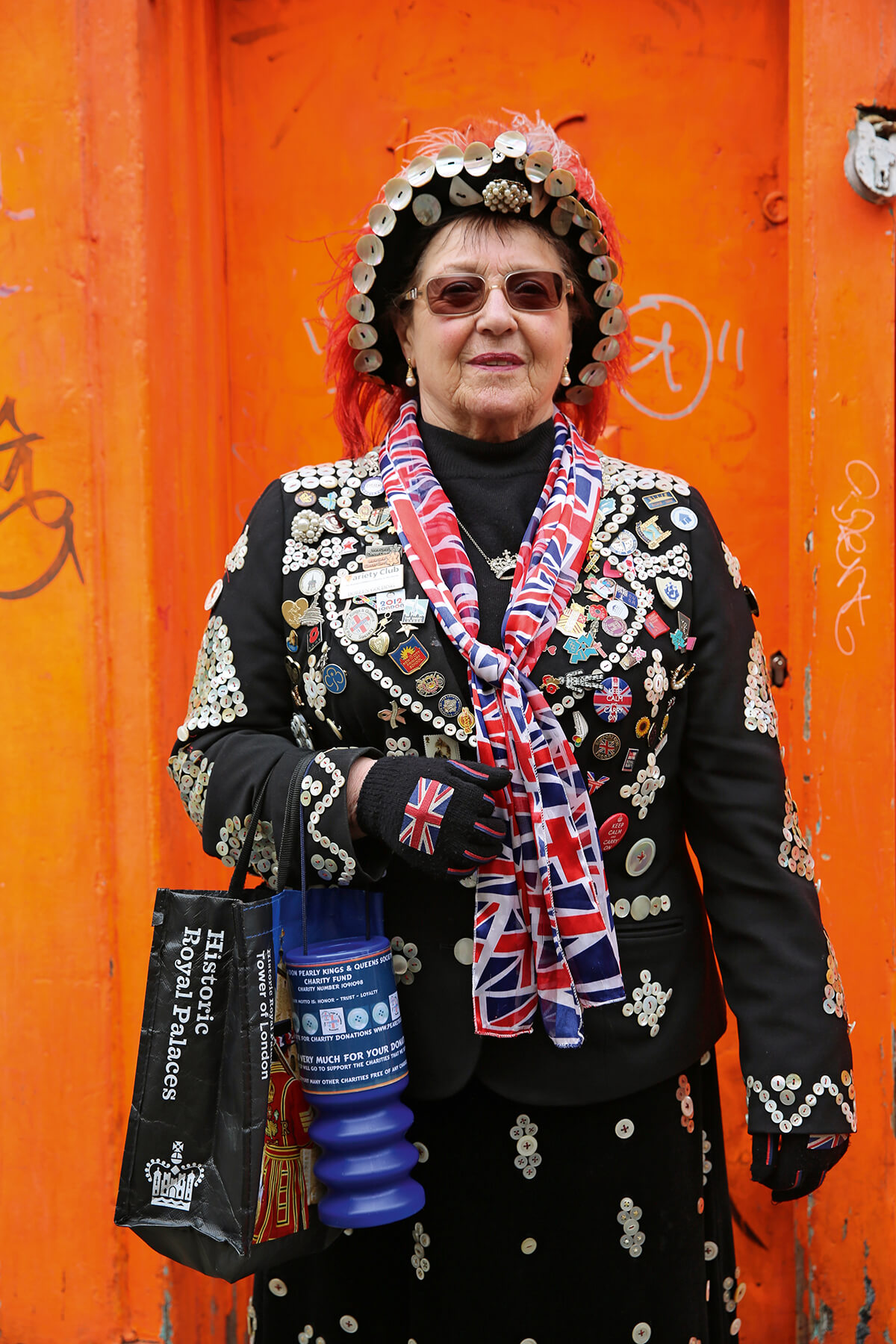
A prominent member of the charitable Pearly Kings and Queens Society, Doreen Golding as featured in ‘Voices East London’ by Maryam Eisler
Maryam Eisler is a busy woman; co-chair of the Tate’s MENAAC Acquisitions Committee, member of the Tate International Council, trustee of the Whitechapel Gallery and Advisory Council member of Photo London are to name just a few of her roles in the art world, but first and foremost, she is an artist. Digital Editor Millie Walton speaks with Maryam Eisler about her most recent project Voices East London, the power of art versus politics and the democracy of social media.
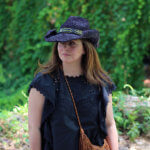
Maryam Eisler
LUX: You’ve worked in the art world for a long time in various guises and interacted with lots of artists – when did you start taking your own photos?
Maryam Eisler: I’ve actually been taking photographs seriously for about 20 years now; I did courses and all sorts of photographic ventures, but I never dared to go out publicly. Two years ago, I had just completed a residency in Santa Fe, New Mexico where I explored the arid landscape and the female form, inspired by nature and by the personality of Georgia O’Keefe, in particular- her life and her oeuvre; a friend saw the photographs I’d taken there and she asked me which artist they were by, to which I answered ‘It’s not an artist, it’s me!’ She collects photography herself from the 50s and the 60s and was drawn to the black and white, the classical style – in any case, she asked me to email her a few of them and the rest is history! A few days later, I received a call from the gallerist Tristan Hoare who wanted to meet with me. She had shown him the work without telling me! And that is how this adventure began. Since then, I’ve had a solo show in London, ‘Searching for Eve in the American West’, and more exposure at the Dallas Art Fair and at Unseen in Amsterdam.
Follow LUX on Instagram: the.official.lux.magazine
LUX: Sounds very busy – how did you find the time to make your most recent book, Voices East London?
Maryam Eisler: Well whilst all of this was going on, I was playing with the idea of producing a book of my own because I had contributed editorially in the past to several publications to do with artists, studios and creativity (most recently London Burning: Portraits from a Creative City) but I had never done a project where I was in charge of both photography and editorial. My previous projects had pulled me towards the East End on numerous occasions, and everyone I had met there, I felt, was slightly off the wall in terms of imagination, innovation and creativity; so, I embarked on a 22 month journey to the East! What was interesting to me from a photography point of view was that it took me into a kind of parallel world; with my fine art photography, I like to immerse myself in nature, such as the American West or Provence, where I loose myself in thought and in time; but a book project, is a very different cup of tea. This particular book has on offer 80 different creative personalities, many of whom are very well known in their respective fields, the kings and queens of the East End culturally speaking, so we are talking egos, time constraints, fast pace – it’s more of a documentary style approach to photography, and yet in the back of my mind, I always have this aesthetic angle and it’s obviously very important for me to convey my perspective and stay true to my style; it has been fascinating to engage with both types of photographic approaches, at the same time.
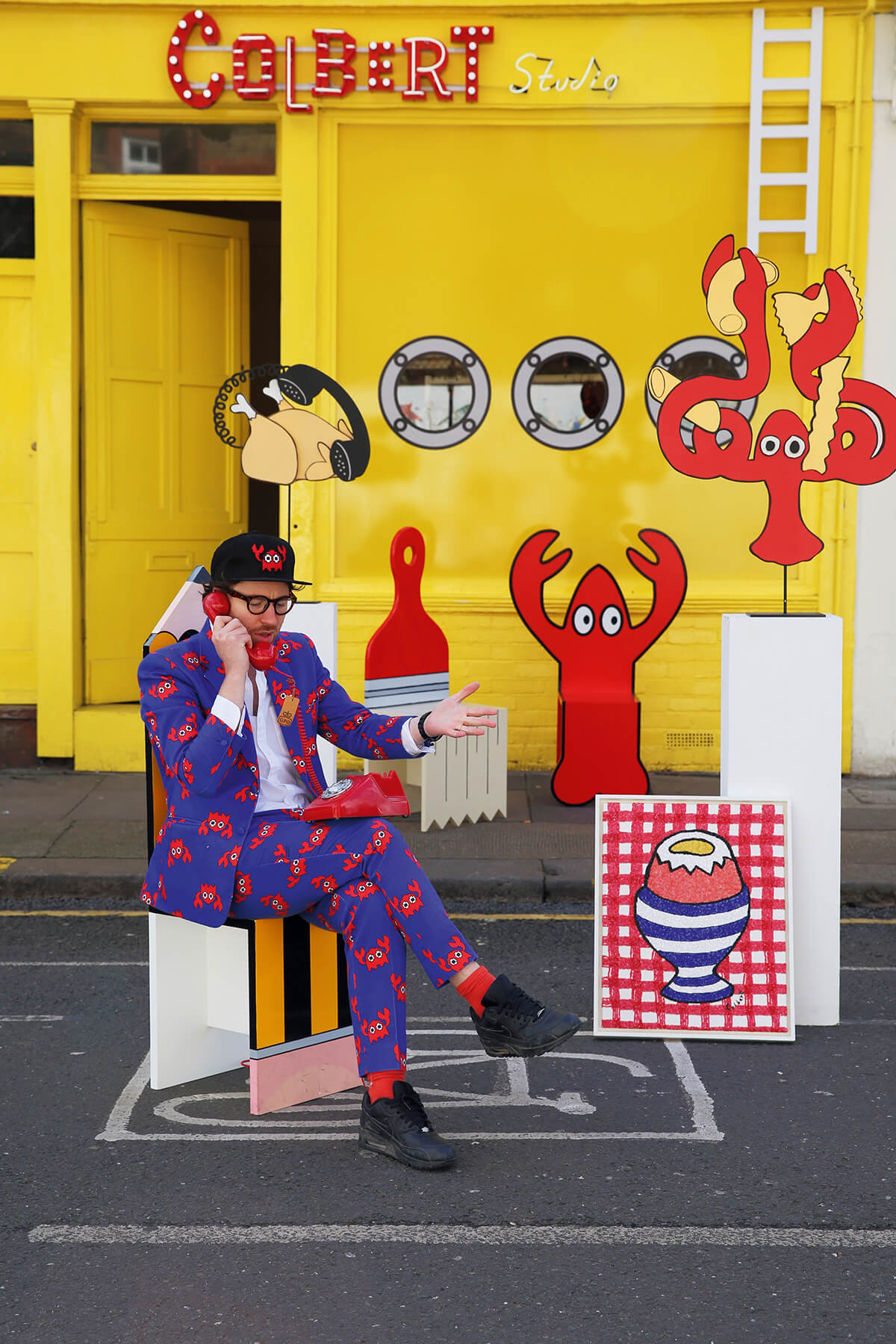
Artist and fashion designer, Philip Colbert, as featured in ‘Voices East London’ by Maryam Eisler
The photographs are in colour too, which is different for me since I usually shoot in black and white, but the idea was to convey the vivacity and unique colours of that part of London. I live in the west end which tends to be much more sanitised and commercial, and going to the East End every week was like going on holiday! I’d get to meet these wonderful, energetic people, and encounter new minds in the arts, music, fashion. As you know, the East End today is also the hub of technology so it was super important to show the new face of the area. The project was an exploration into the past, delving into layers of history and culture, but also trying to think about what the area has become today and what it stands for, not to mention the challenges that it is faced with in its future.
LUX: Why did you choose to make the book now, given the political climate, and the changes that will come with Brexit?
Maryam Eisler: I’m always concerned about the future of creativity and the role which London plays in this arena – what incredible role it has played in the past, but also and most importantly what global role it will play in the future, if any. That’s the big question mark. I think one of the great successes of the East End, has been its historic ability to empower creative output, and this has much to do with a friction, in my opinion, between glitz and grits, as well as with the cultural layering and diversity of the area, from the French Huguenots to the Irish silk weavers, as well as the Jewish communities and today, a predominantly, Muslim Bangladeshi community. Spending time with Gilbert & George, I once asked them whether they ever go away on holiday and they said, ‘Maryam my dear, why on earth would we go anywhere? We have the world at our doorstep.’ I think that’s a very unique attribute of the East End.
Read next: René Magritte’s photographs and home videos on display in Hong Kong
There’s a sense today, despite gentrification (I hate that word), the cultural cleansing and the commercialisation of the area, that you still have an essence of the past. Whether it’s London or New York, there’s the classic example of artists moving into areas making it all happening and kind of edgy and cool, and then the developers move in, building high risers, destroying artistic communities, with the locals not being able to afford the price of rent, so they get pushed out; but there’s also this industrious spirit in the East End of London, this skill that its inhabitants possess for being chameleons and adapting to and adopting new situations and environments, and although some have definitely been priced out, others do manage to find ways to reinvent themselves. The people there also have an amazing ability of making something out of nothing, in a very artisanal kind of way; it’s a kind of craftsmanship of their own lives, and the sense of community and support there is still very strong.
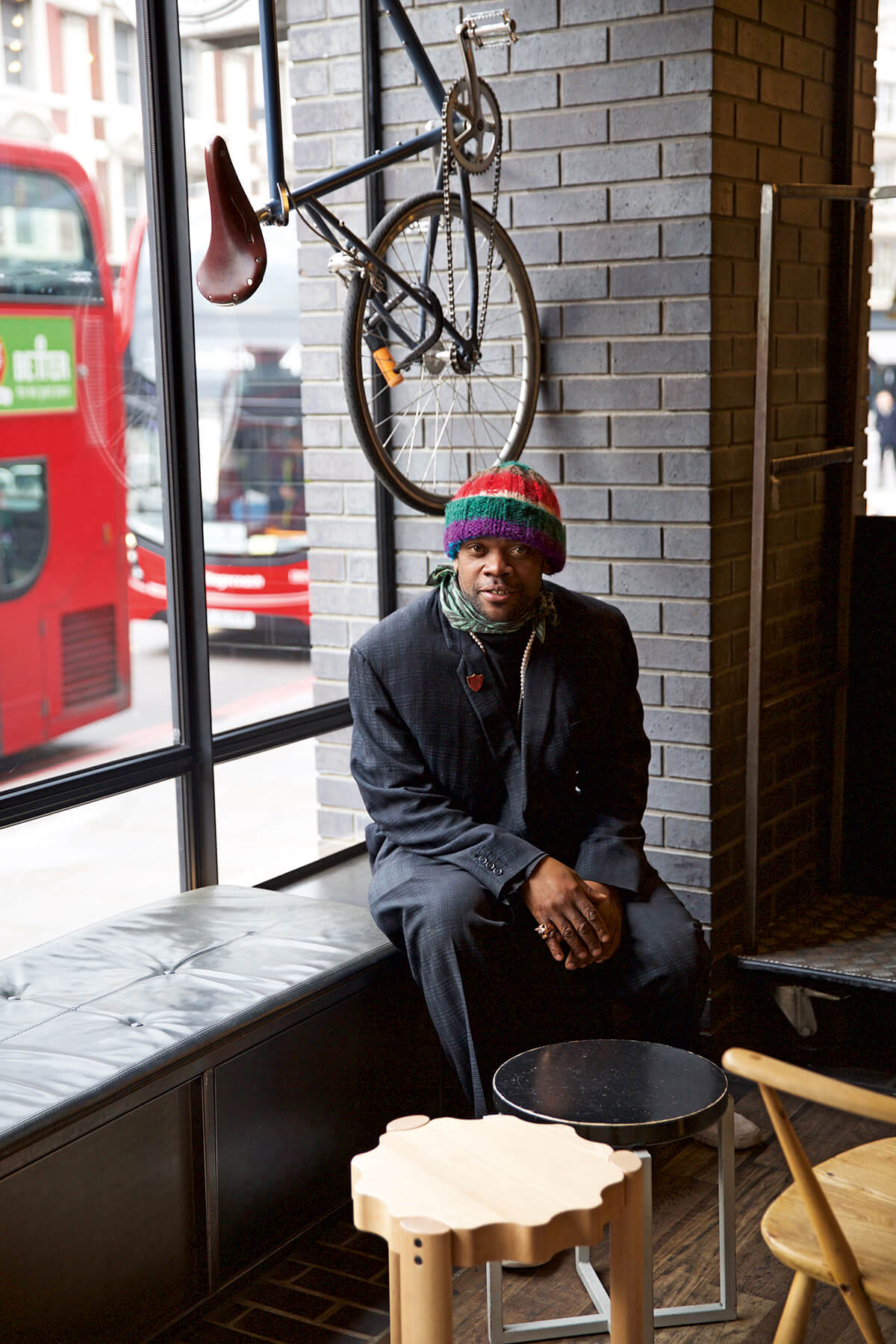
Stylist Jude Nwimo as featured in ‘Voices East London’ by Maryam Eisler
LUX: Do you think that art has a social responsibility, as opposed to art for art’s sake?
Maryam Eisler: I really believe in the soft power of art. In the crazy world that we live in, that is becoming even crazier by the day, politically speaking and otherwise, I think more and more that artistic platforms are the last remaining bastions where critical thinking and exchange can take place in an open manner. Beyond their work, artists have also become the philosophers of today, the thinkers; they are the voices through whom we are enabled to think about the world we live in, and if a work of art makes you think, if it impacts you emotionally and intellectually, then it’s done its job, good or bad. Art has the power to move individuals, to make them think but also and most importantly to make them rethink and reevaluate the issues at hand.
LUX: How do you think social media and digital technologies have impacted on the art world?
Maryam Eisler: What’s incredible about social media in my opinion, is that it has broken, the classic system of accessing and understanding art, offering a direct dialogue between artist and viewer. And that is very powerful. Artists have become their own marketers. And why not! Often what the artists say and think of their work may differ drastically from the thoughts of curators, so removing old communication barrier systems and layers has given space for a new form of engagement. Social media offers a more democratic approach to the issue at hand, with increased possibility and connectivity.
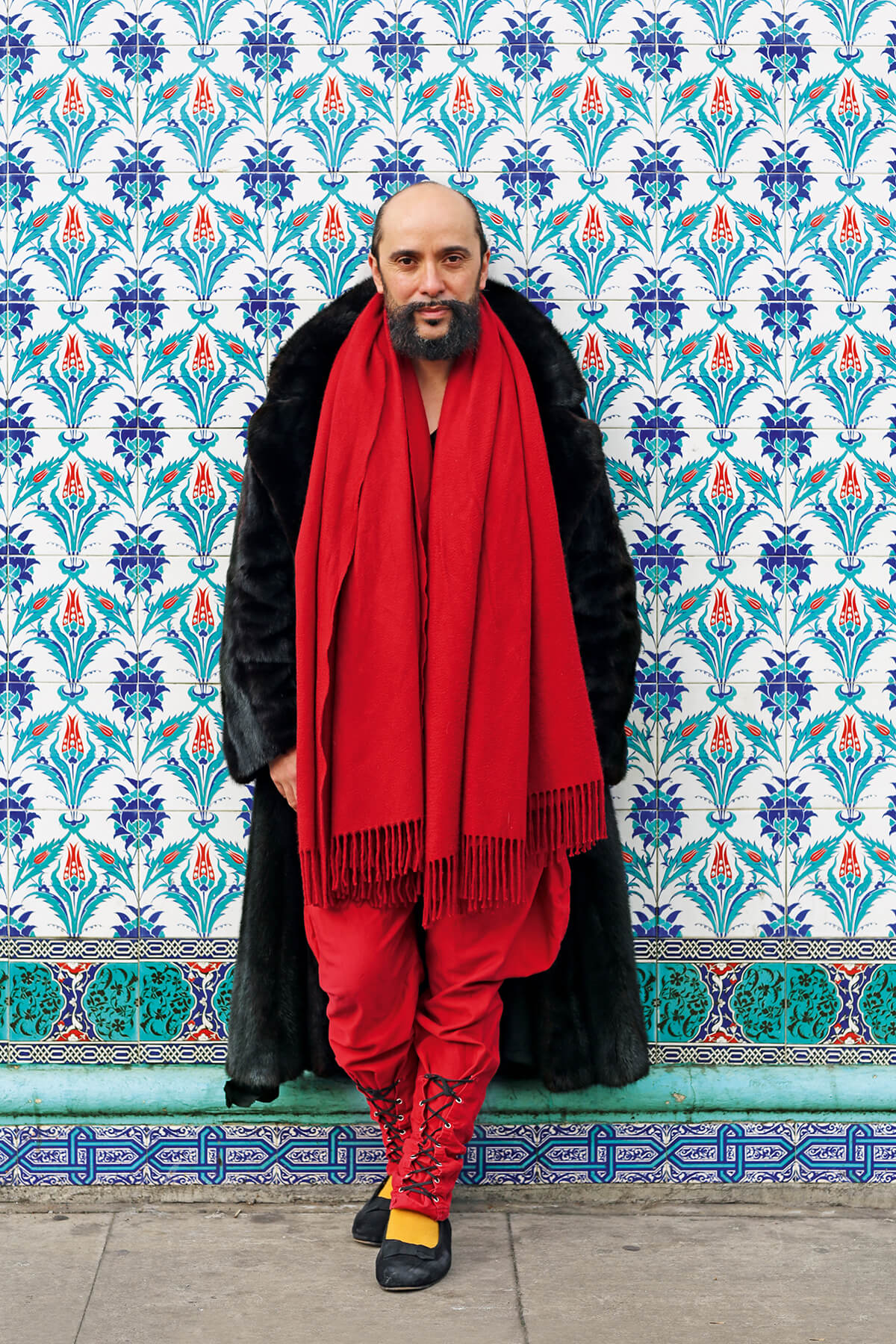
Fashion Designer and owner of the VFD club, Lyall Hakaraia as featured in ‘Voices East London’ by Maryam Eisler
LUX: In the past art collecting has certainly been regarded as quite elitist…
Maryam Eisler: Yes, I hate the word collector actually. I am an art lover, not a collector. I like to engage with the producer of an artwork; I like to have conversations with them, to get to know their inspirations and passions, which is exactly what I would offer to the people who are interested in my own photography. I enjoy the dialogue and exchange and for me, that’s an important part of the process. Social media opens that possibility for conversation and dialogue more than ever before.
Read next: Walking in the footsteps of fashion royalty at The May Fair Hotel
LUX: Much of your work is centred around the female form – how do you see yourself engaging with feminist discourses?
Maryam Eisler: The crux of my work revolves around the Divine Feminine, in which I celebrate the feminine identity, form, beauty and intellect. I’m interested in the contrast of form and geometry vs context; I am also interested to explore where and how ‘Woman’ with a capital W fits into the world and nature in particular, hence and indirectly a questioning of my own self-identity, I suppose.
As to the current feminist discourses that are going on, I believe in equilibrium and measured approaches, and I’m afraid that I do not agree with what is going on, as I believe that we have entered a zone of revolutionary extremism and zero tolerance which gives no room to ‘ innocence until proven guilty’ ; that is always a dangerous place to be, and this can only lead to more of the same and without doubt to a backlash of greater proportion. Men and women should live in mindful, conscious harmony. Each side should celebrate the other, with respect and dialogue. Anyone can be accused, these days (on either side of the gender spectrum), but it does not mean that they are guilty, until proven so, legally and with proper evidence!
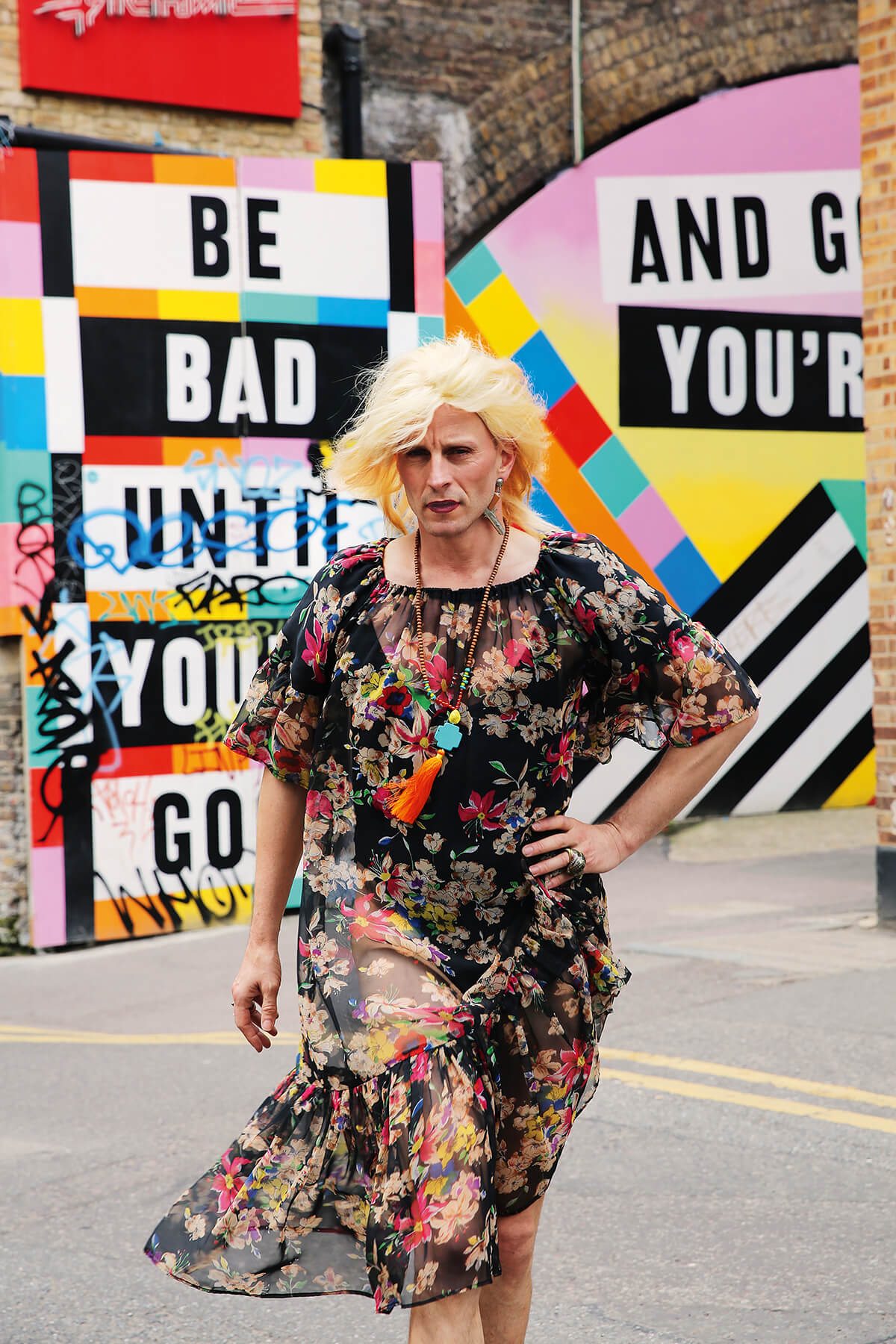
Drag artist, Jonny Woo as featured in ‘Voices East London’ by Maryam Eisler
LUX: What’s next for you?
Maryam Eisler: I have my first solo US exhibition coming up in May 2018 at Harpers Books in East Hampton, Long Island. Needless to say that I am very excited about this opportunity. The title of the exhibition is in fact “The Sublime Feminine”, consisting of a cross section of my work shot in New Mexico and in Provence, but it will also include new work shot in the Catskills last summer on beautiful Holz farm which belongs to the acclaimed photographer, George Holz.
I have always been obsessed with the work of Edward Weston, and I had the wonderful opportunity of shooting at his original home on Wildcat Hill in Carmel California last May, in the company of his grandson Kim and wife Gina as well as his great grandson Zach, all of whom follow in the footsteps of the man himself – all are fantastic photographers. I myself was inspired by time, space, place and history. Edward is still very present there. His darkroom is intact. His handwritten chemical recipes are stuck to the walls, and his desk and even the lamp which features in some of his photographs are all there …not to mention artefacts he returned from his trip to Mexico following his then love, acclaimed artist and revolutionary, Tina Modotti. It was like spending time in a living museum. And I think the work I produced there has more of a conceptual nature, honing in on the body and shapes. It’s to do with shadow and light, lines and forms. I will be showing these works at Tristan Hoare in January 2019 London, and given that I was inspired by photographic history and past, the wonderful US-based Martin Axon (who was the printer to Robert Mapplethorpe among other greats) will be printing this particular series in Platinum on special hand woven, hand torn Arches paper….so, I am very excited by these upcoming projects!
maryameisler.com
